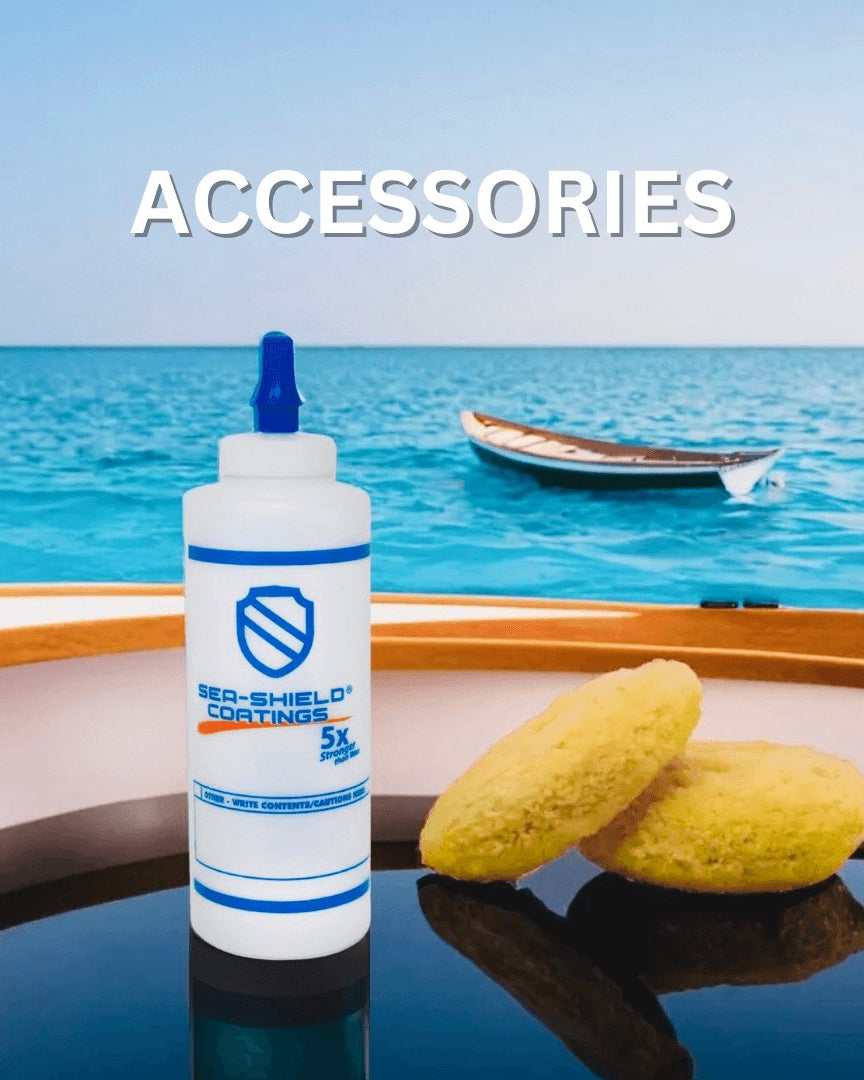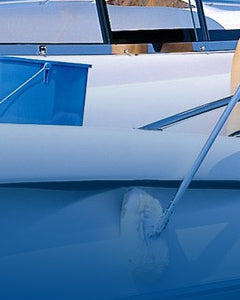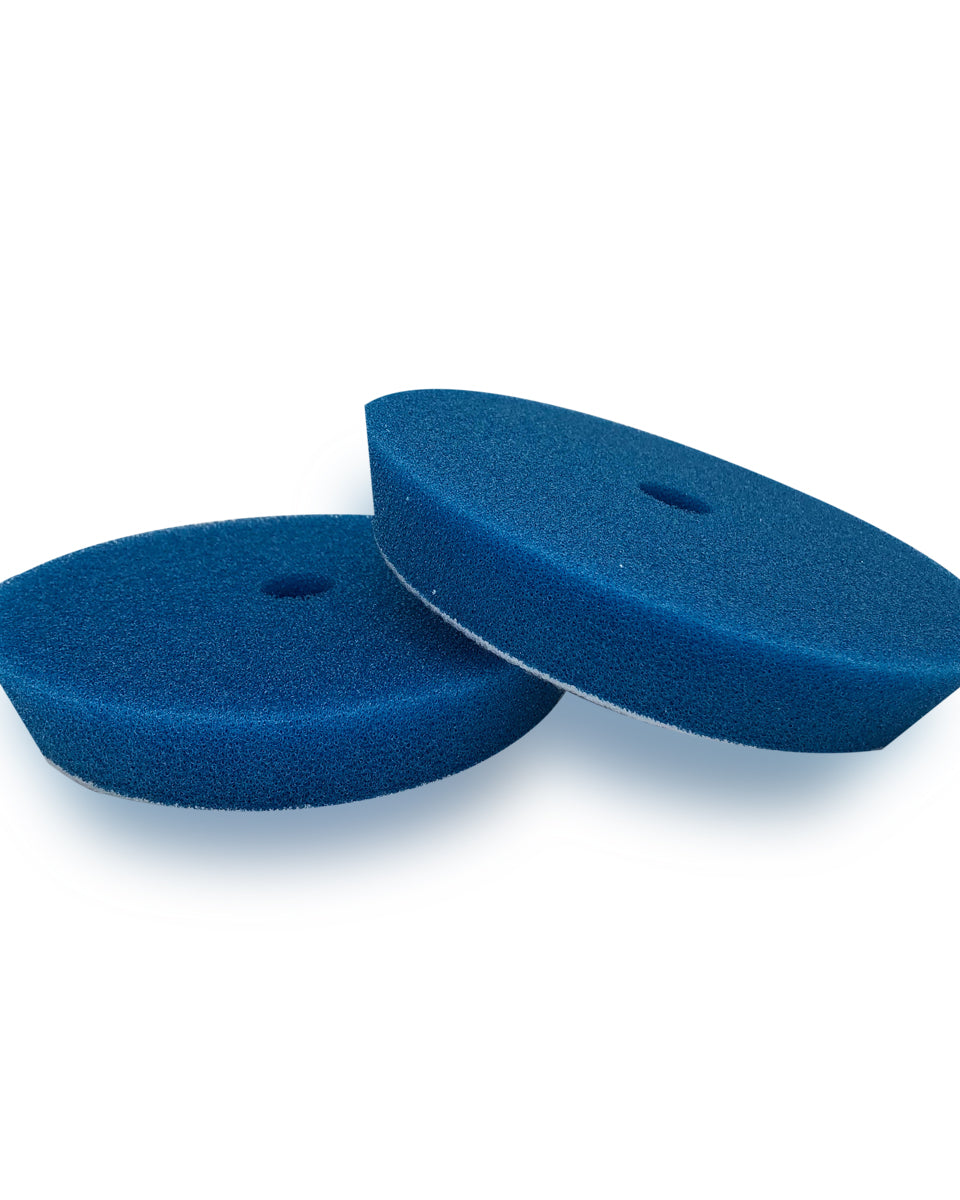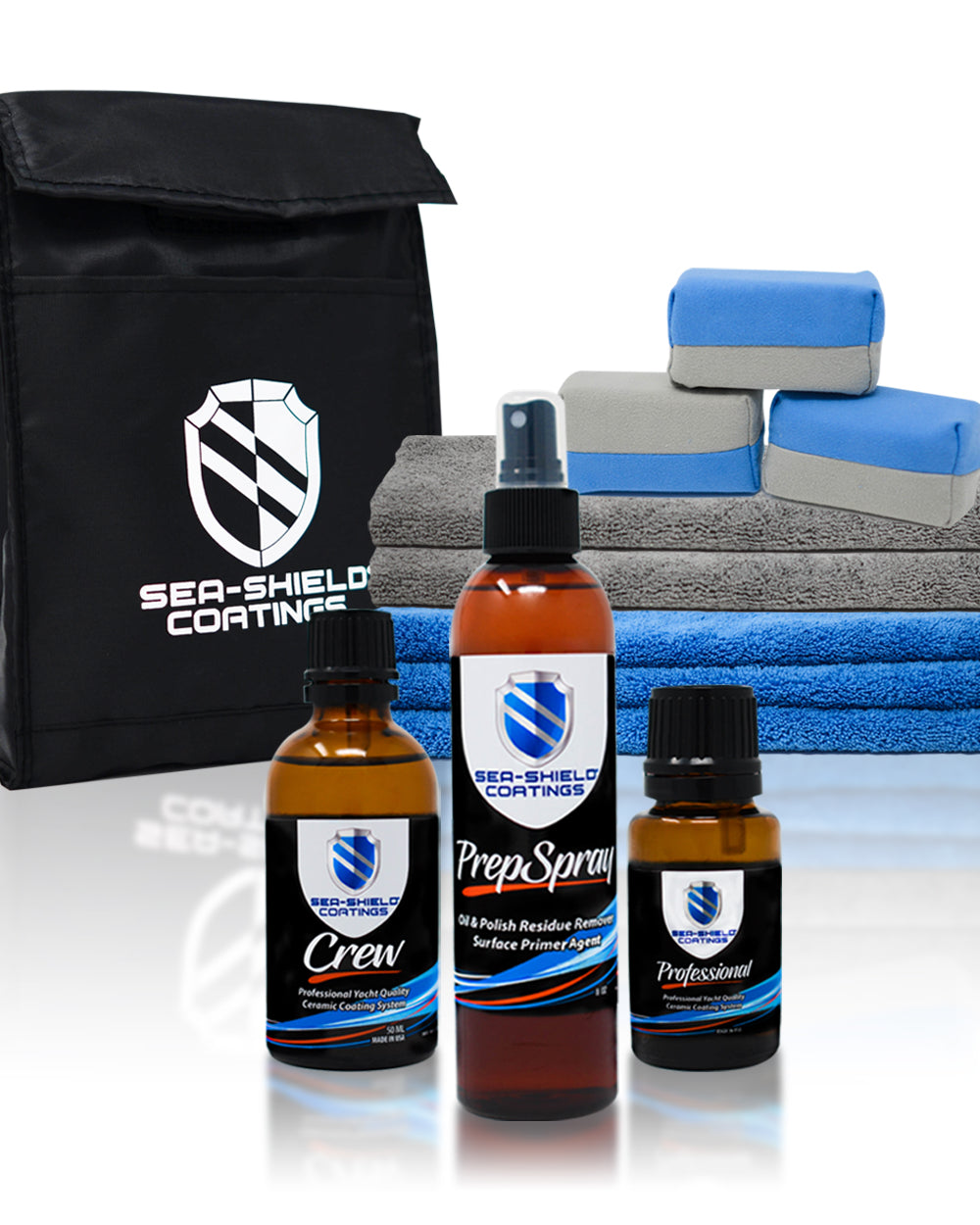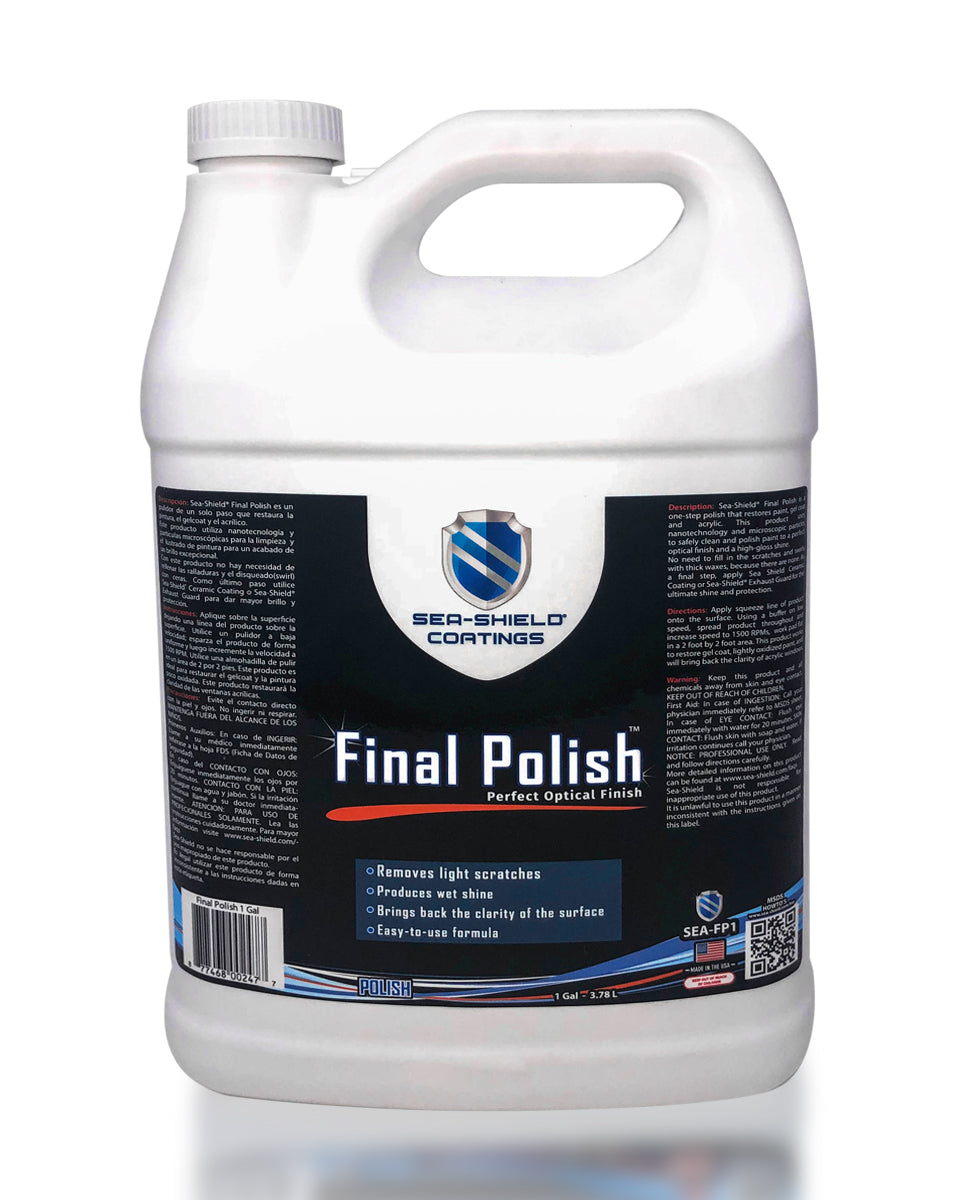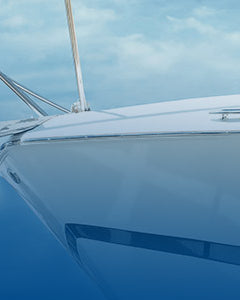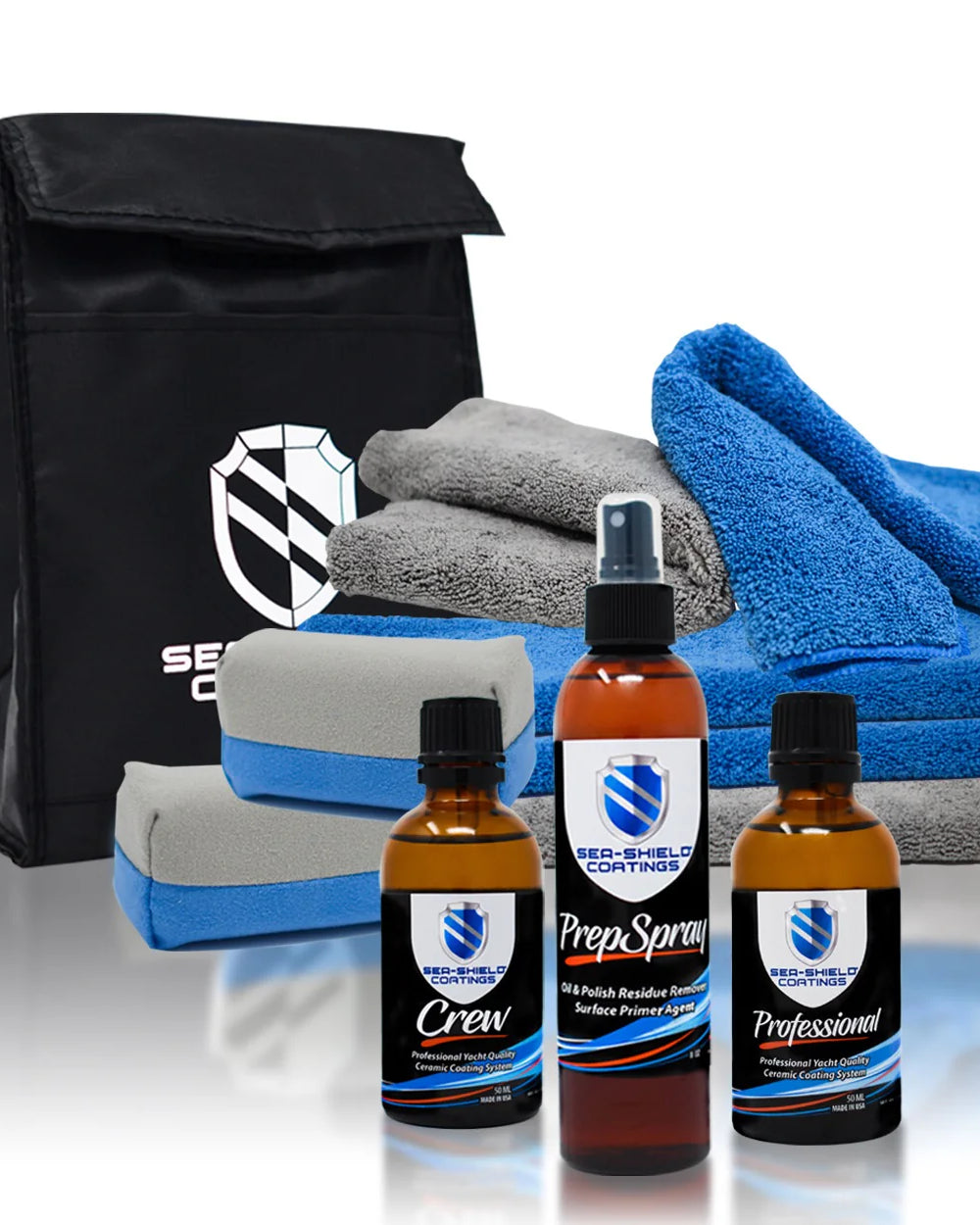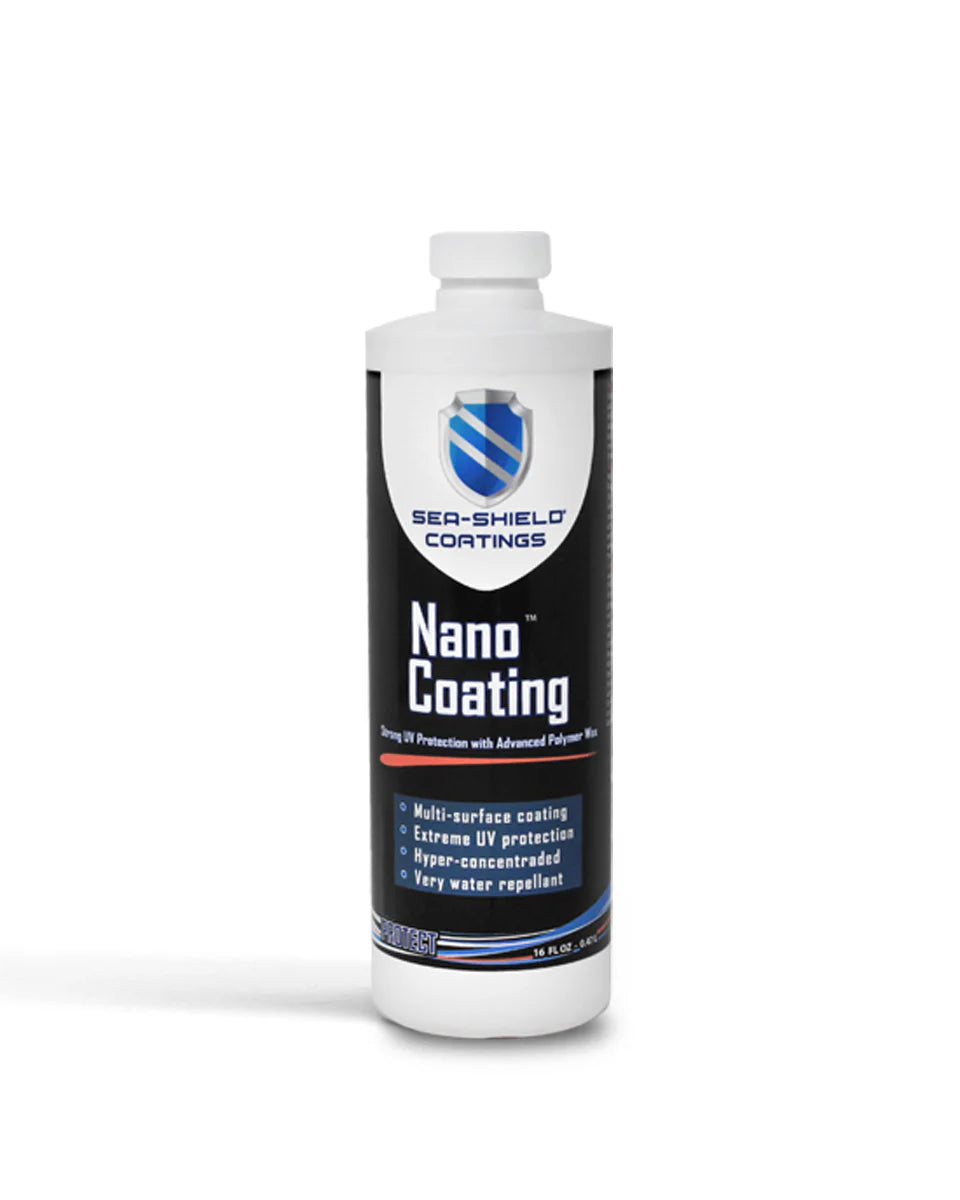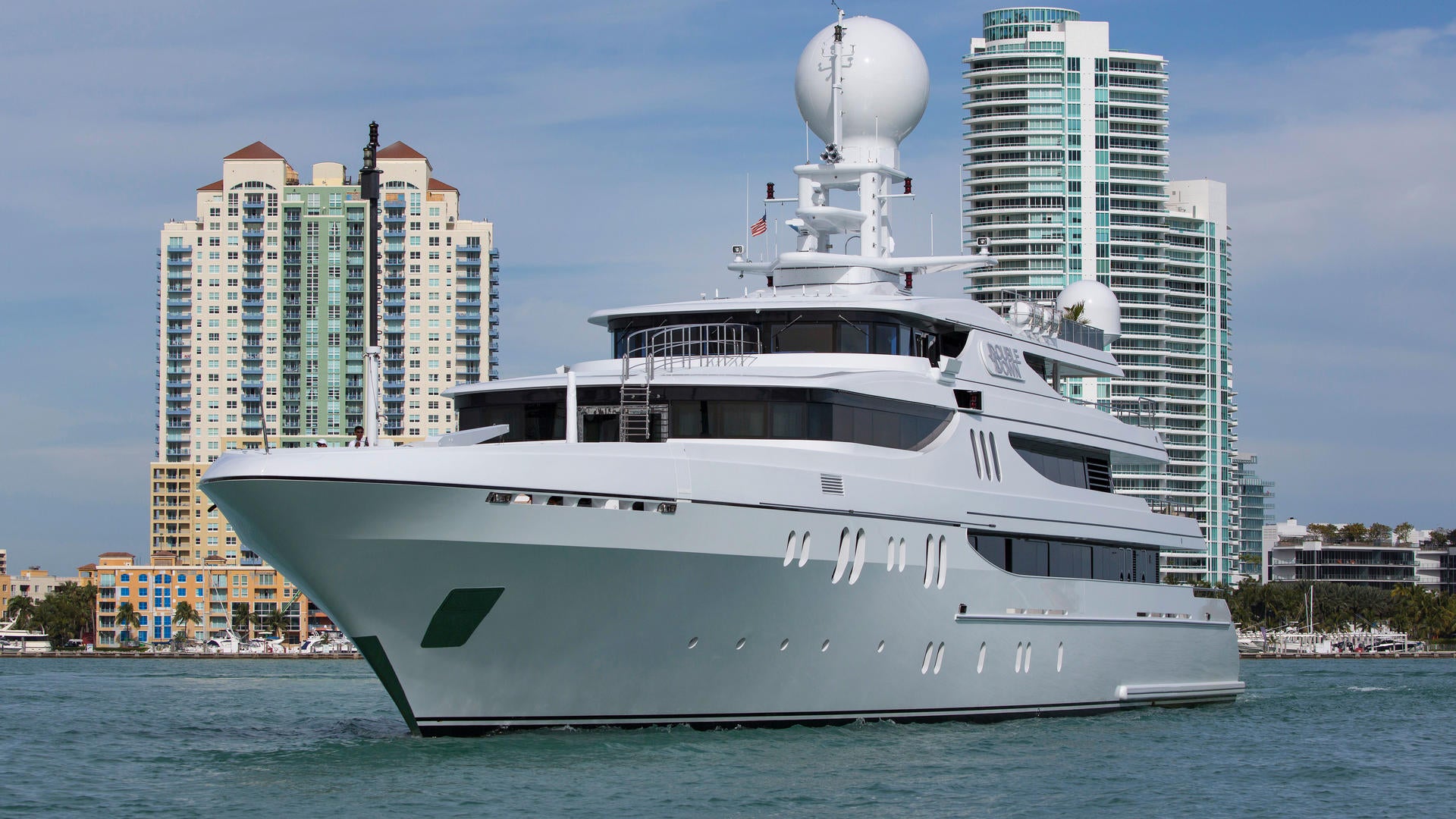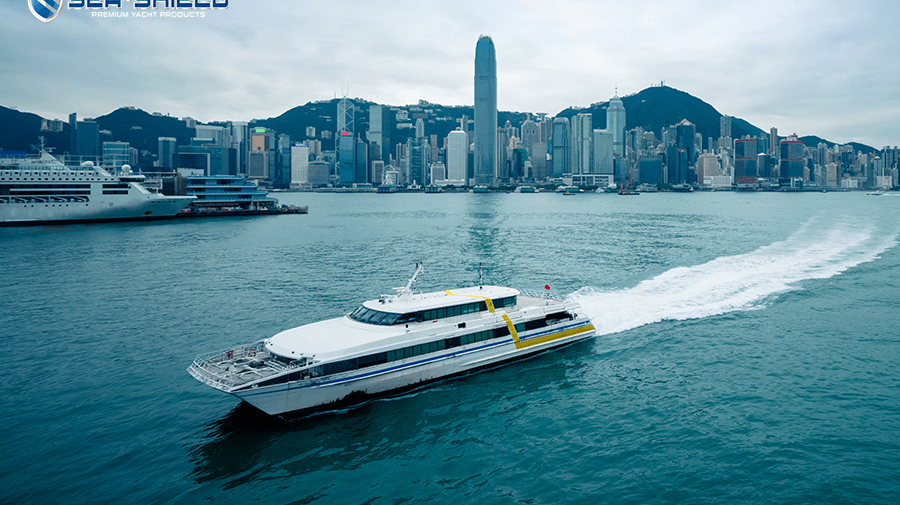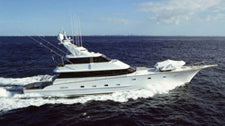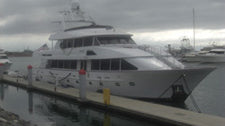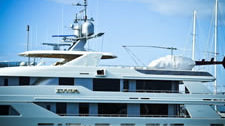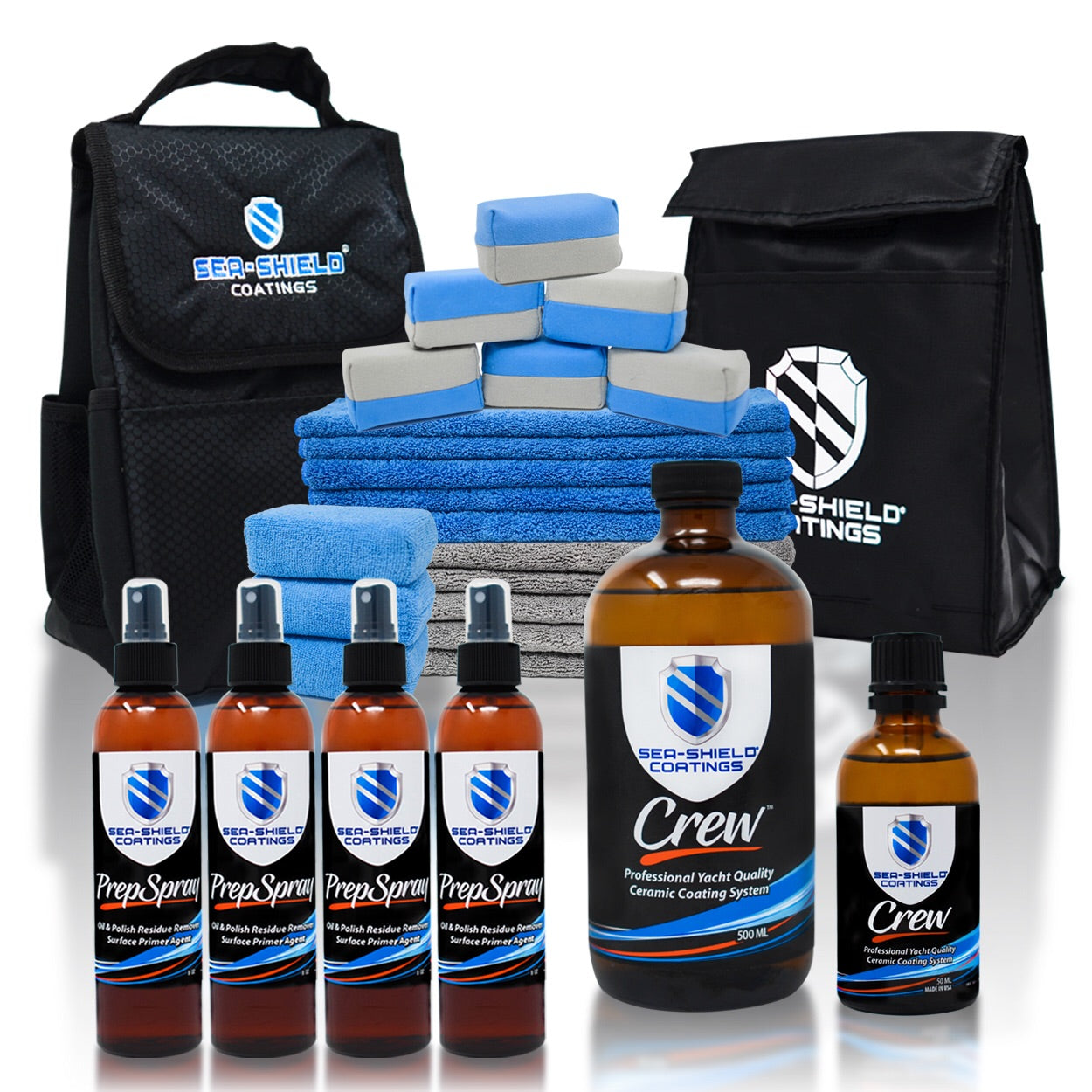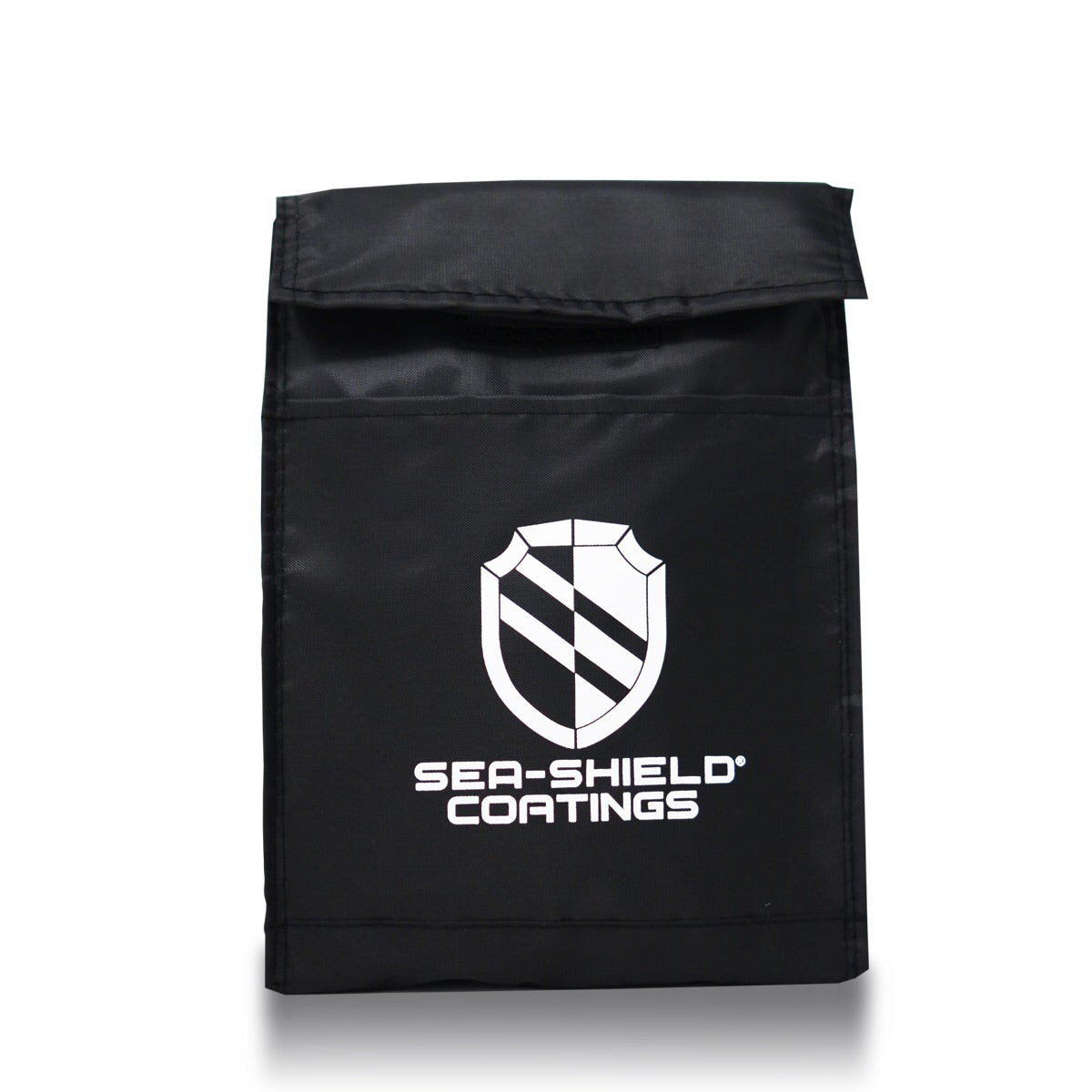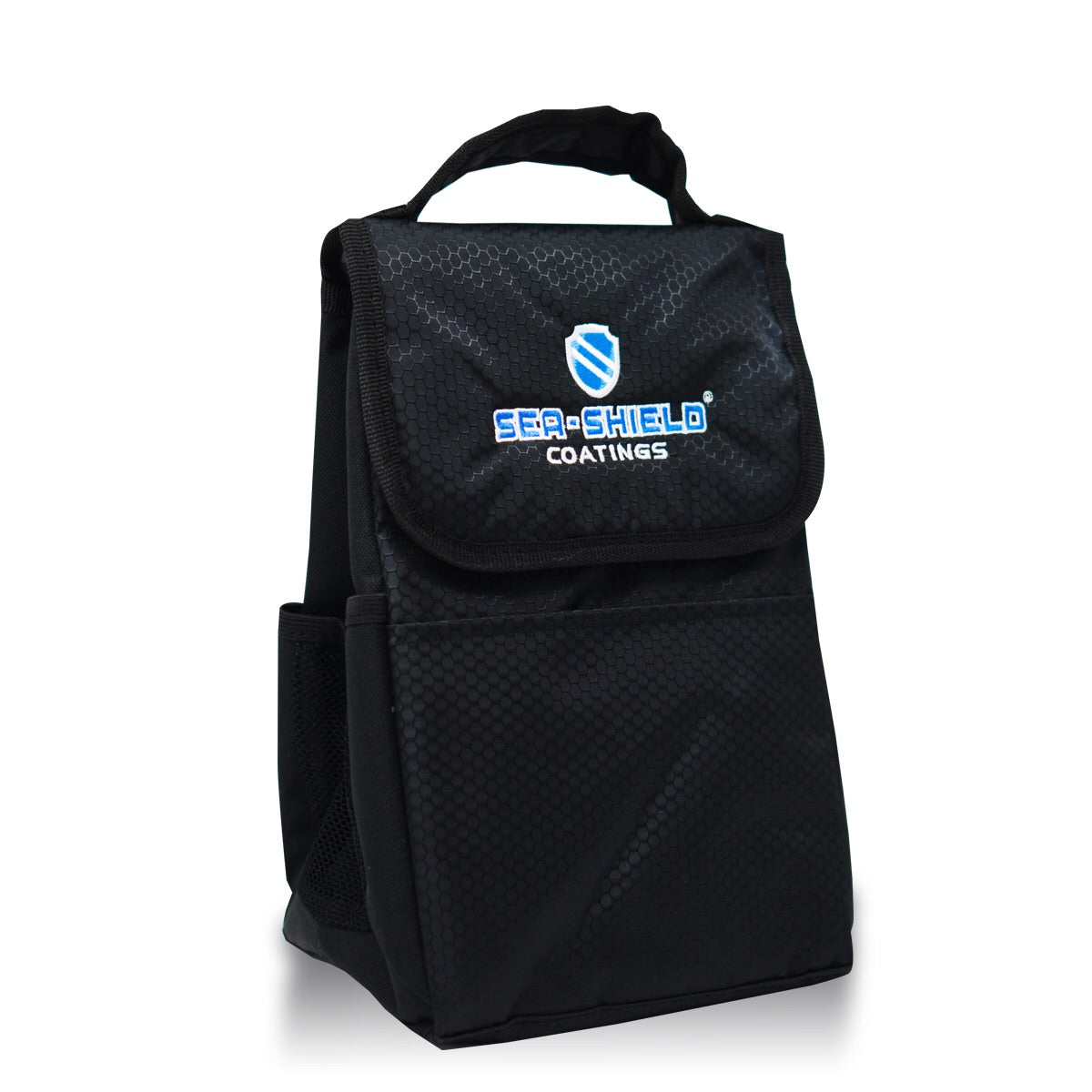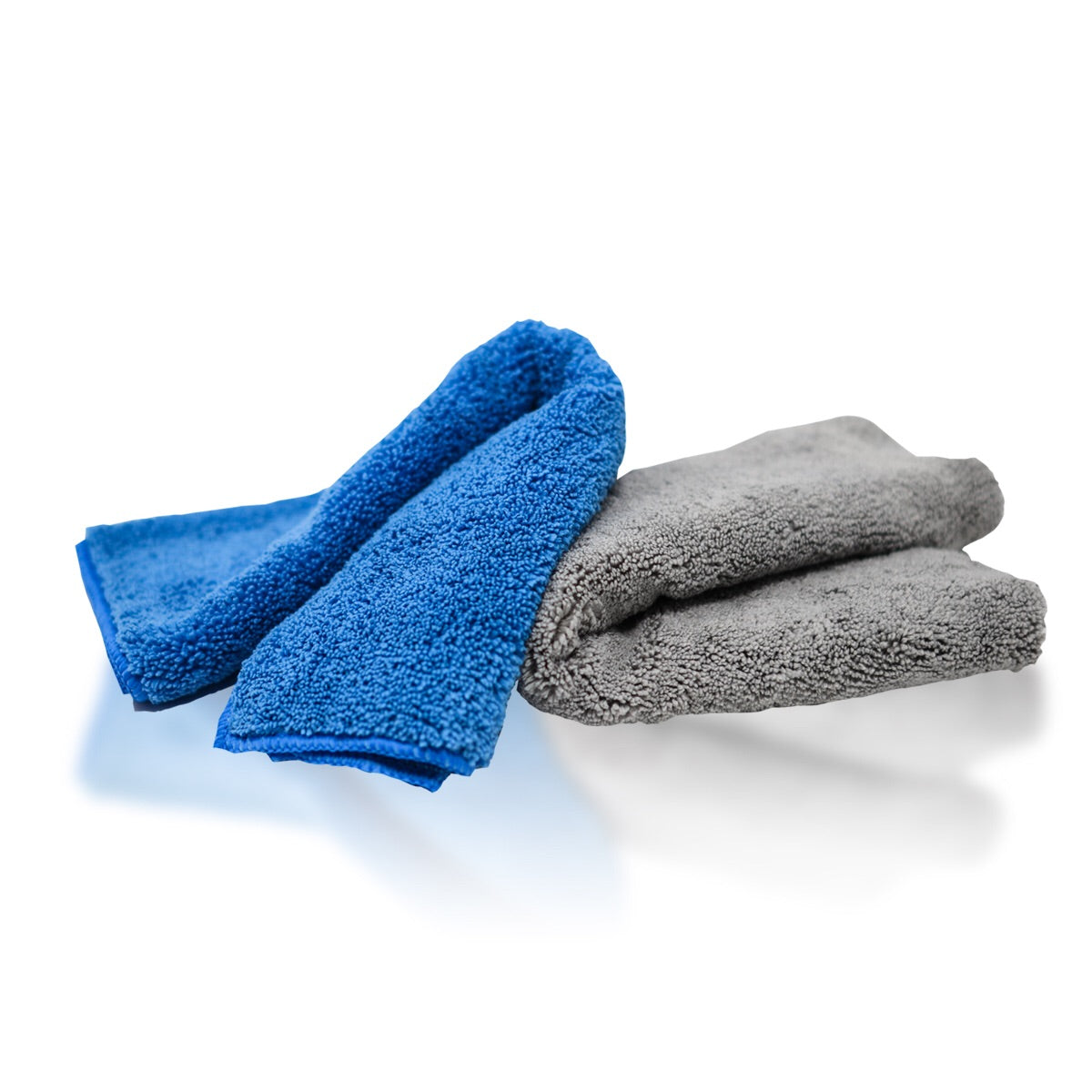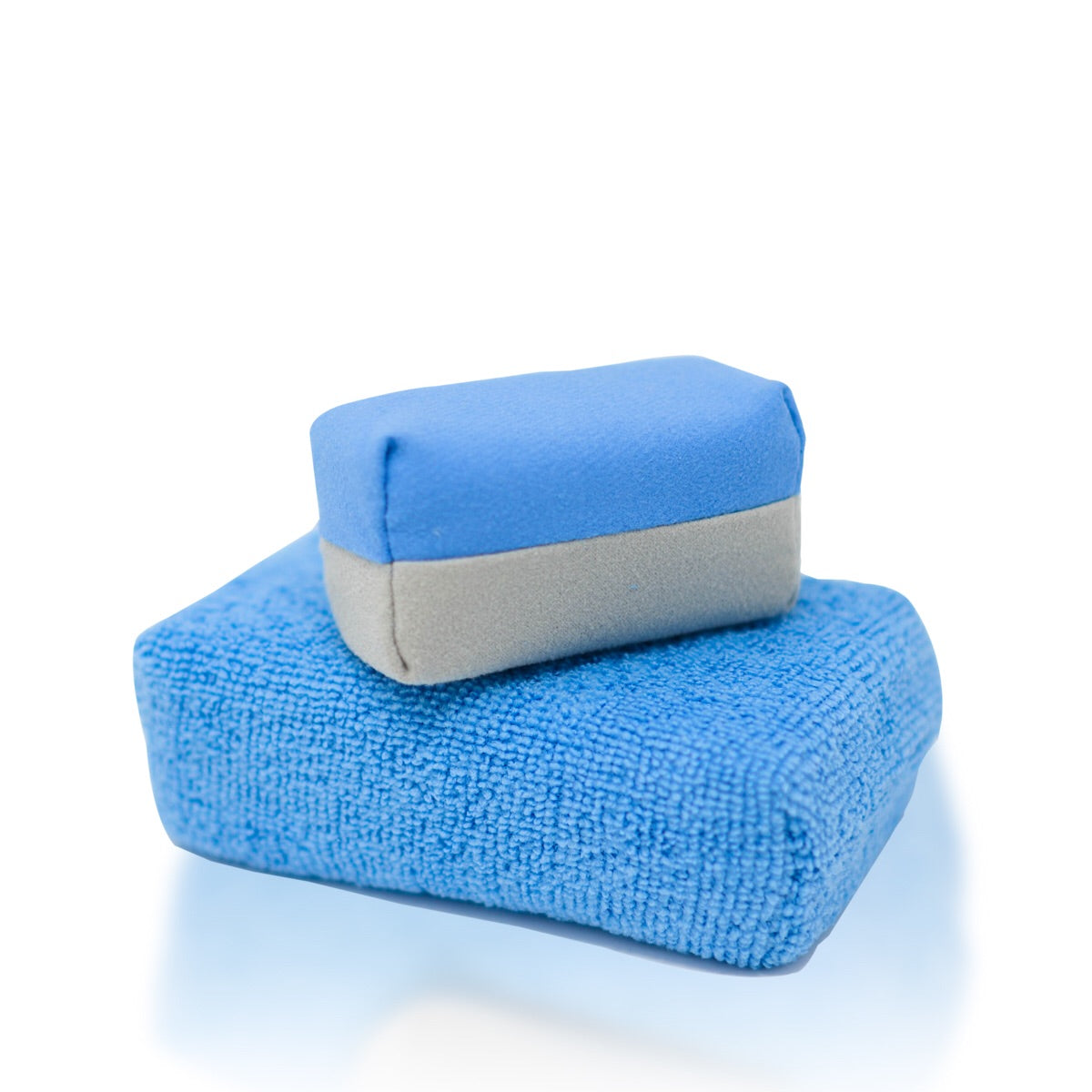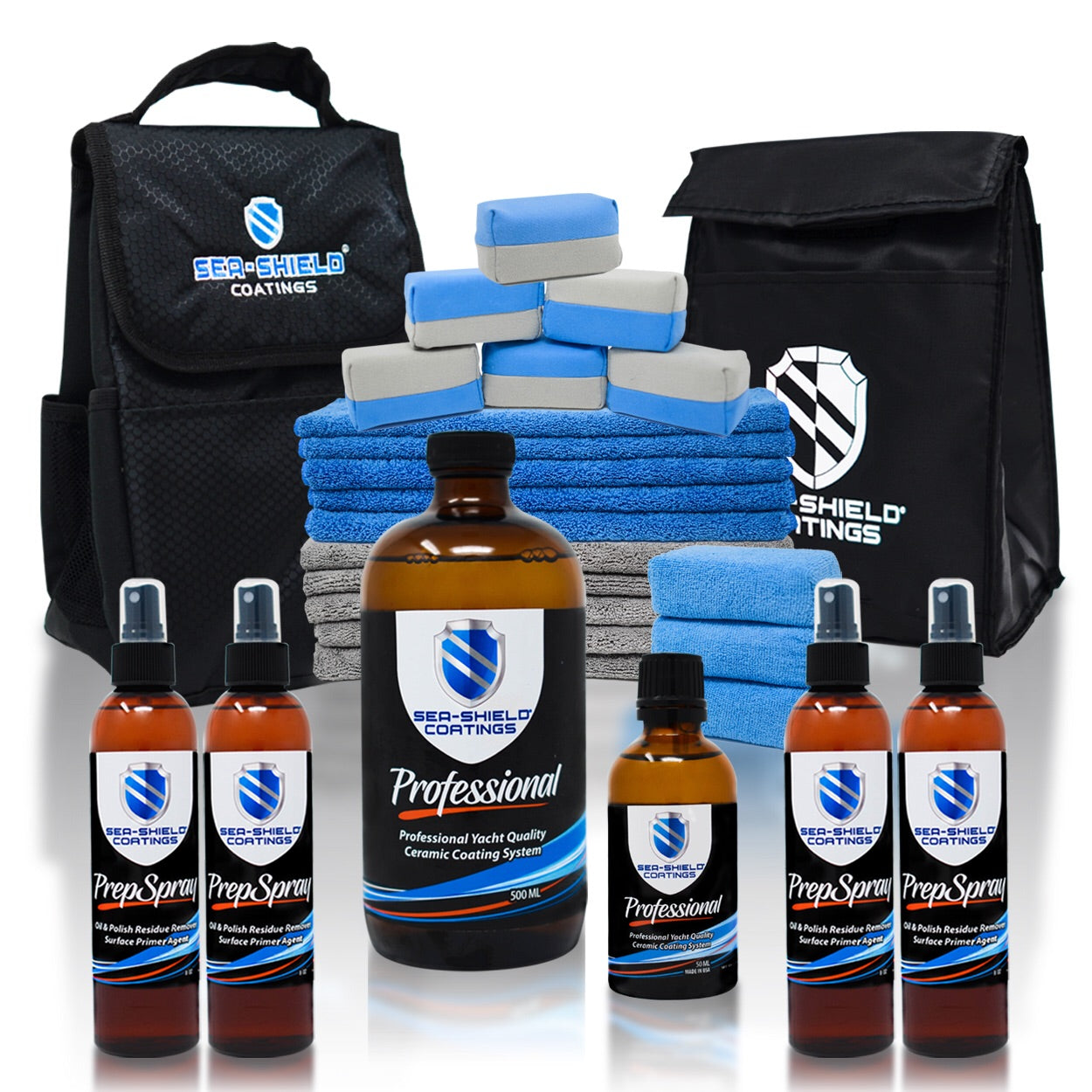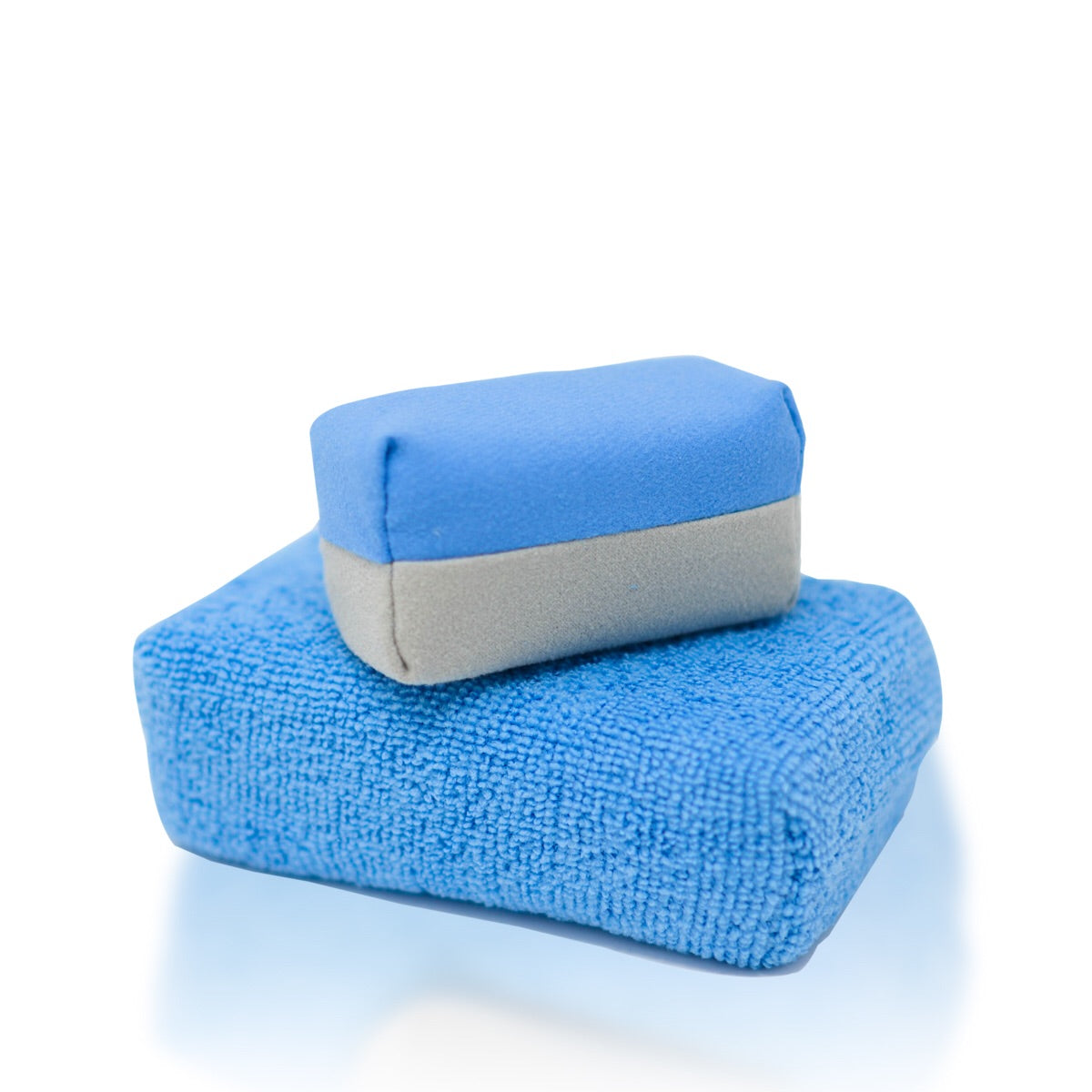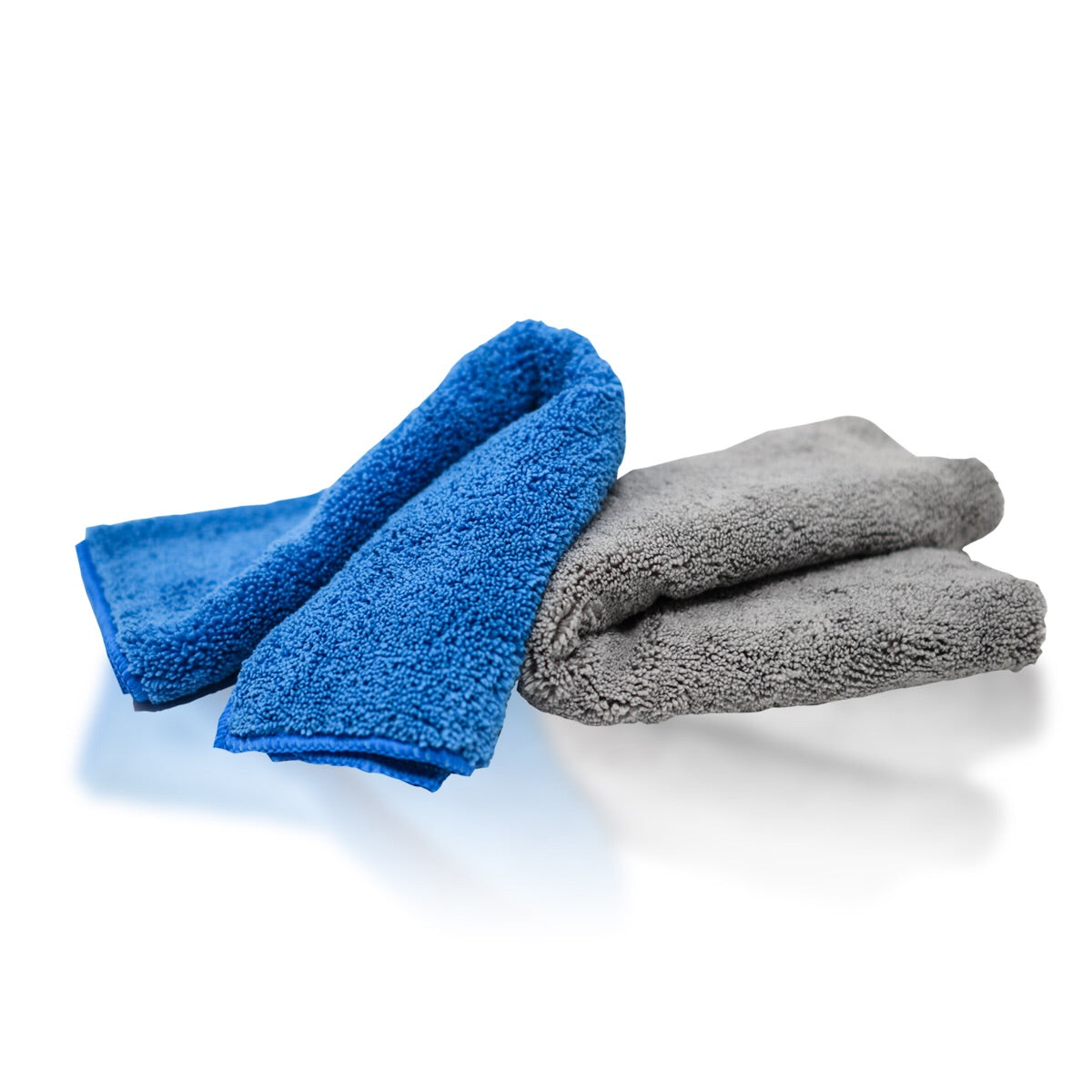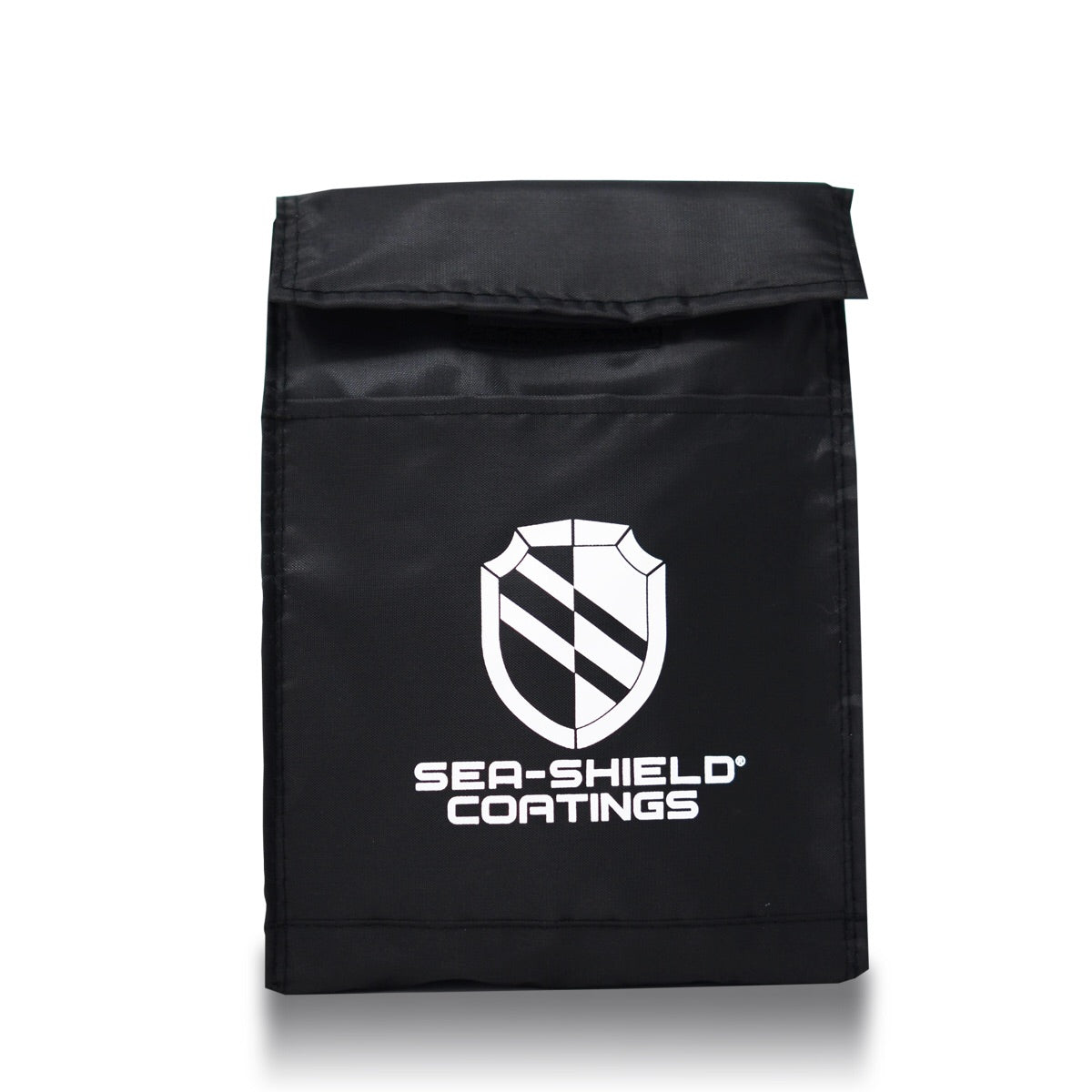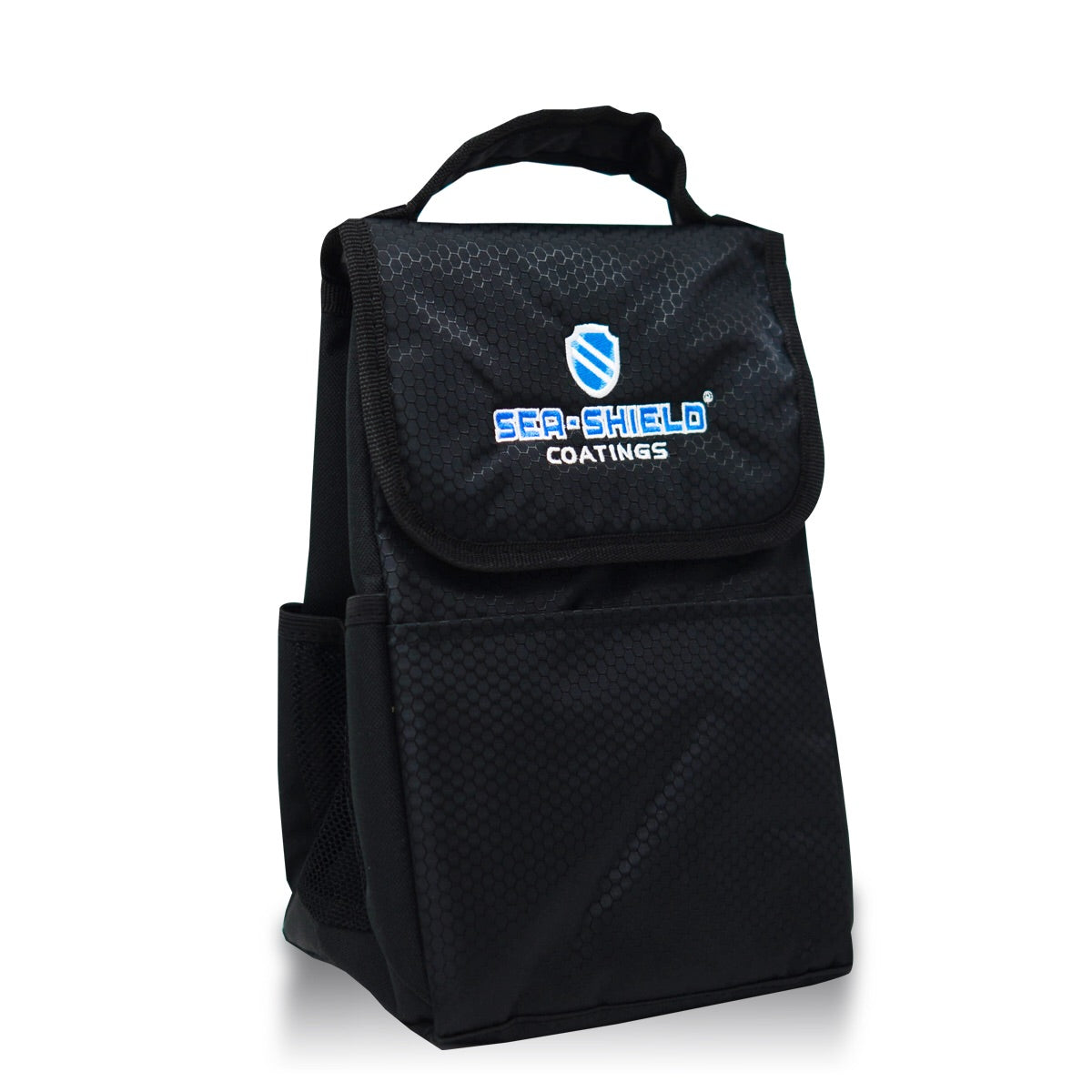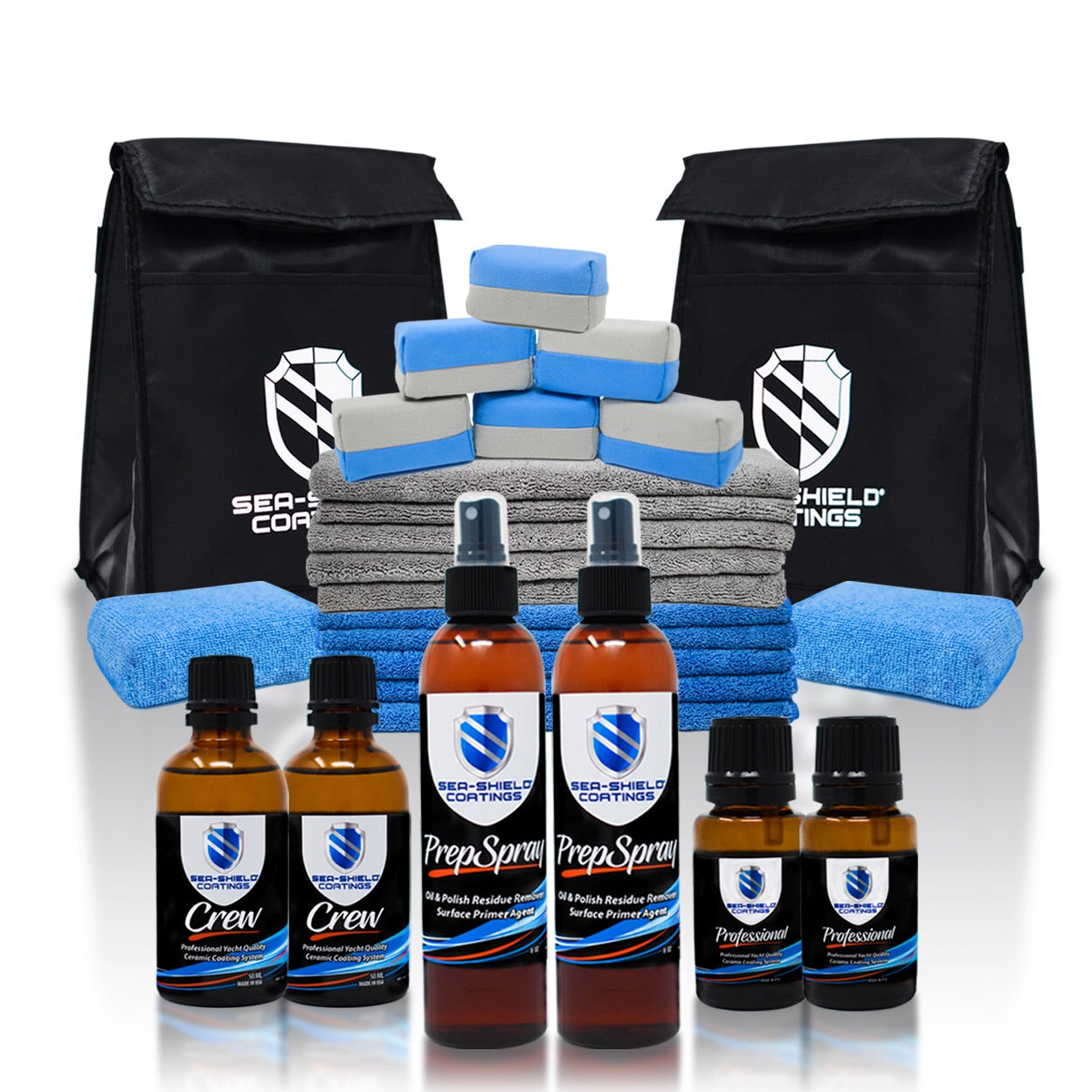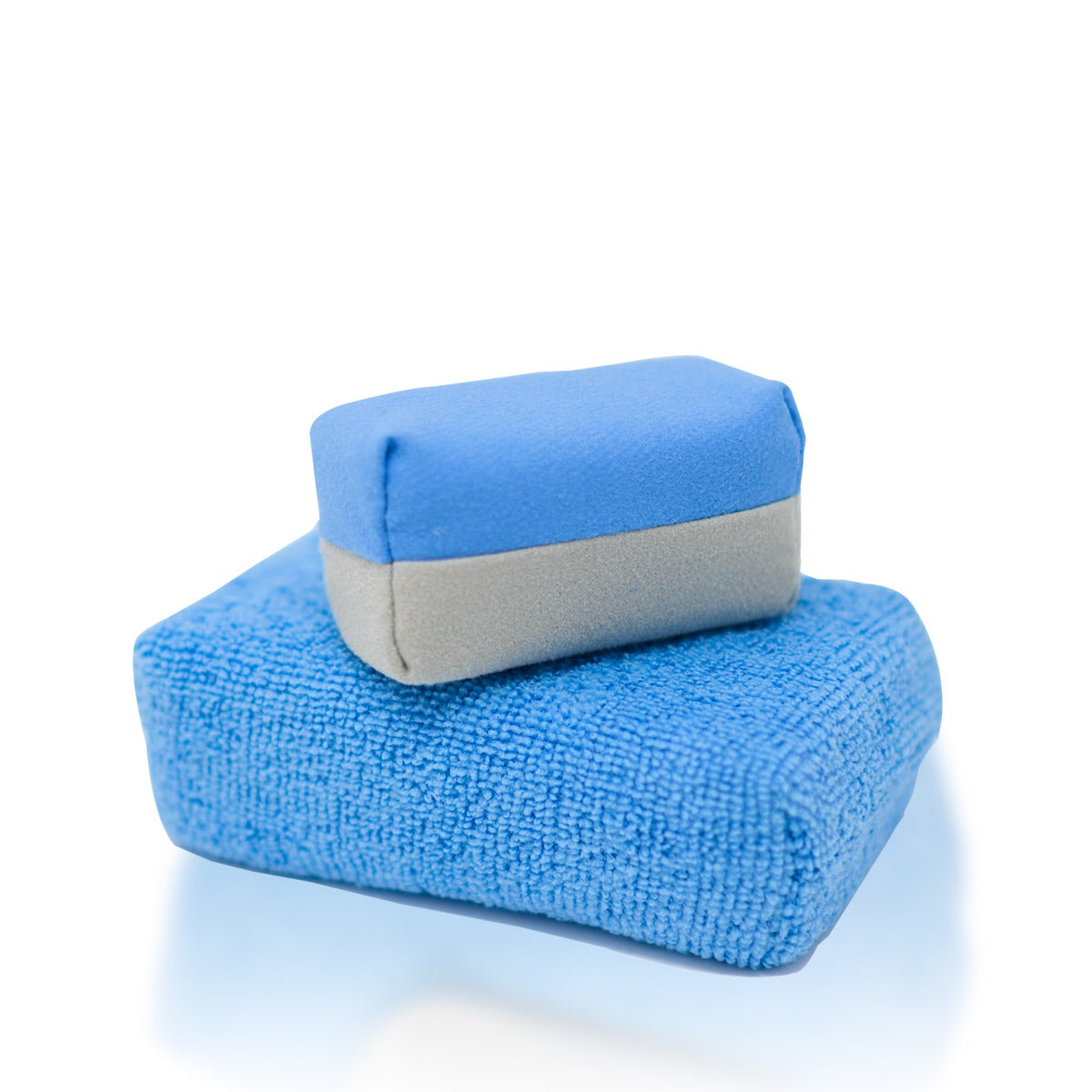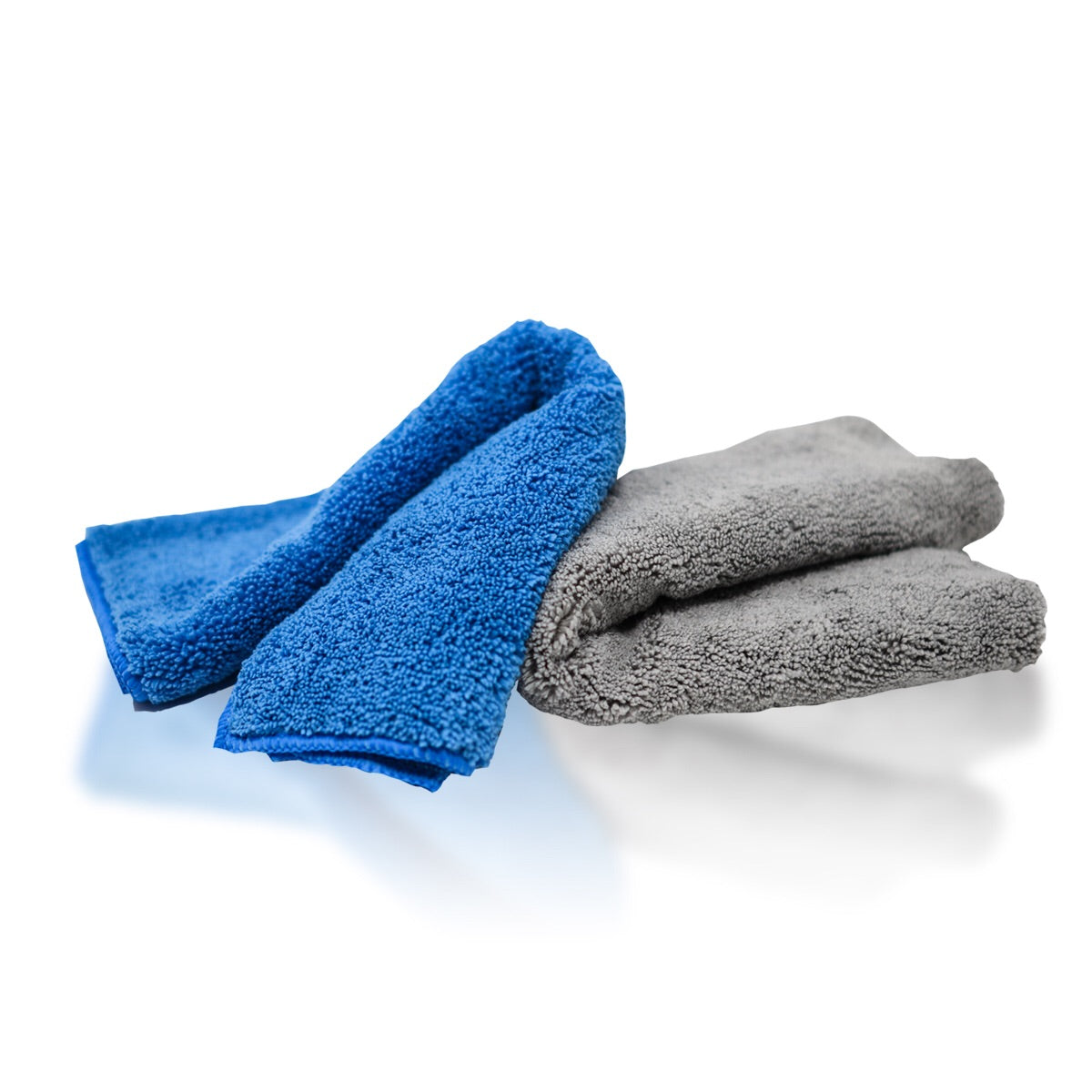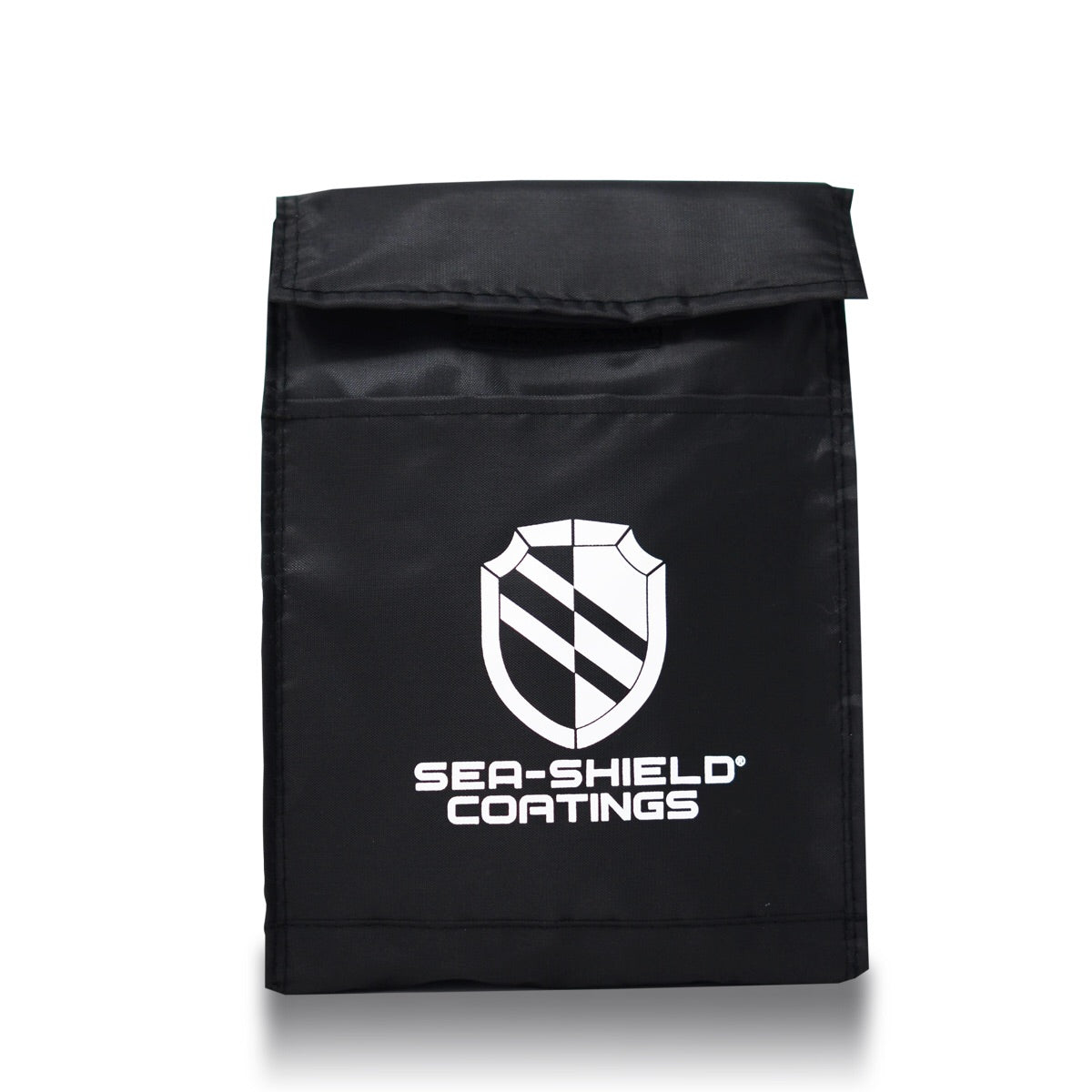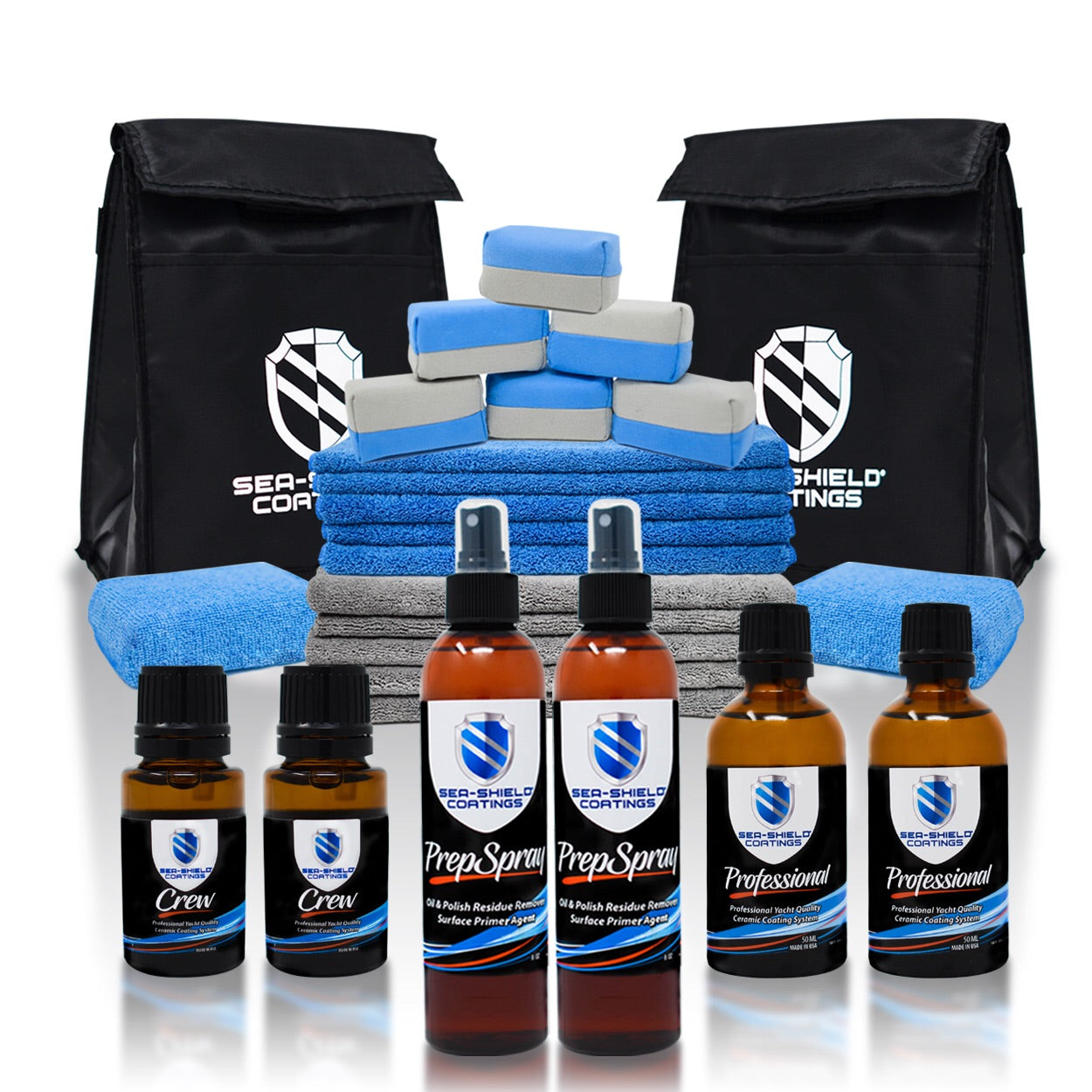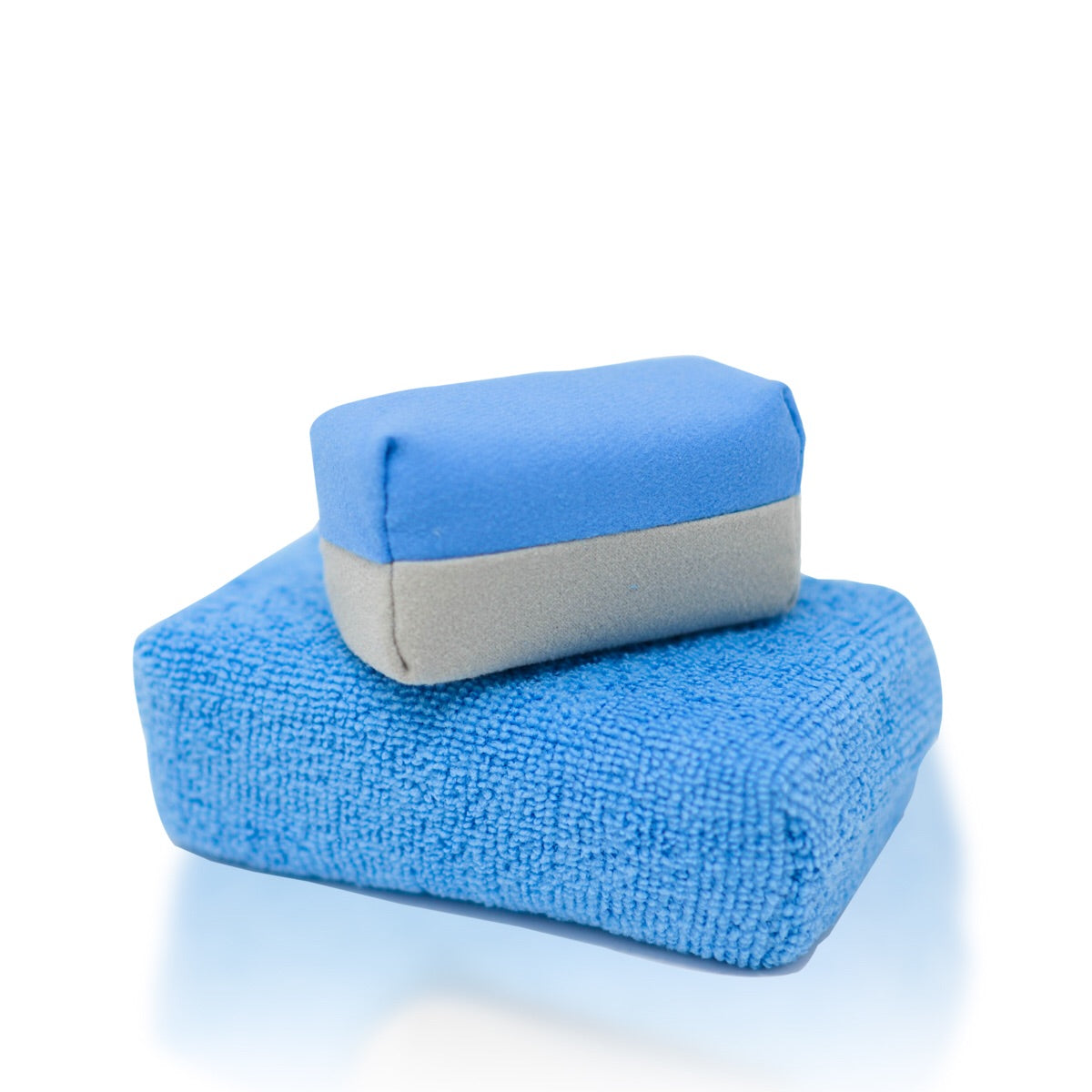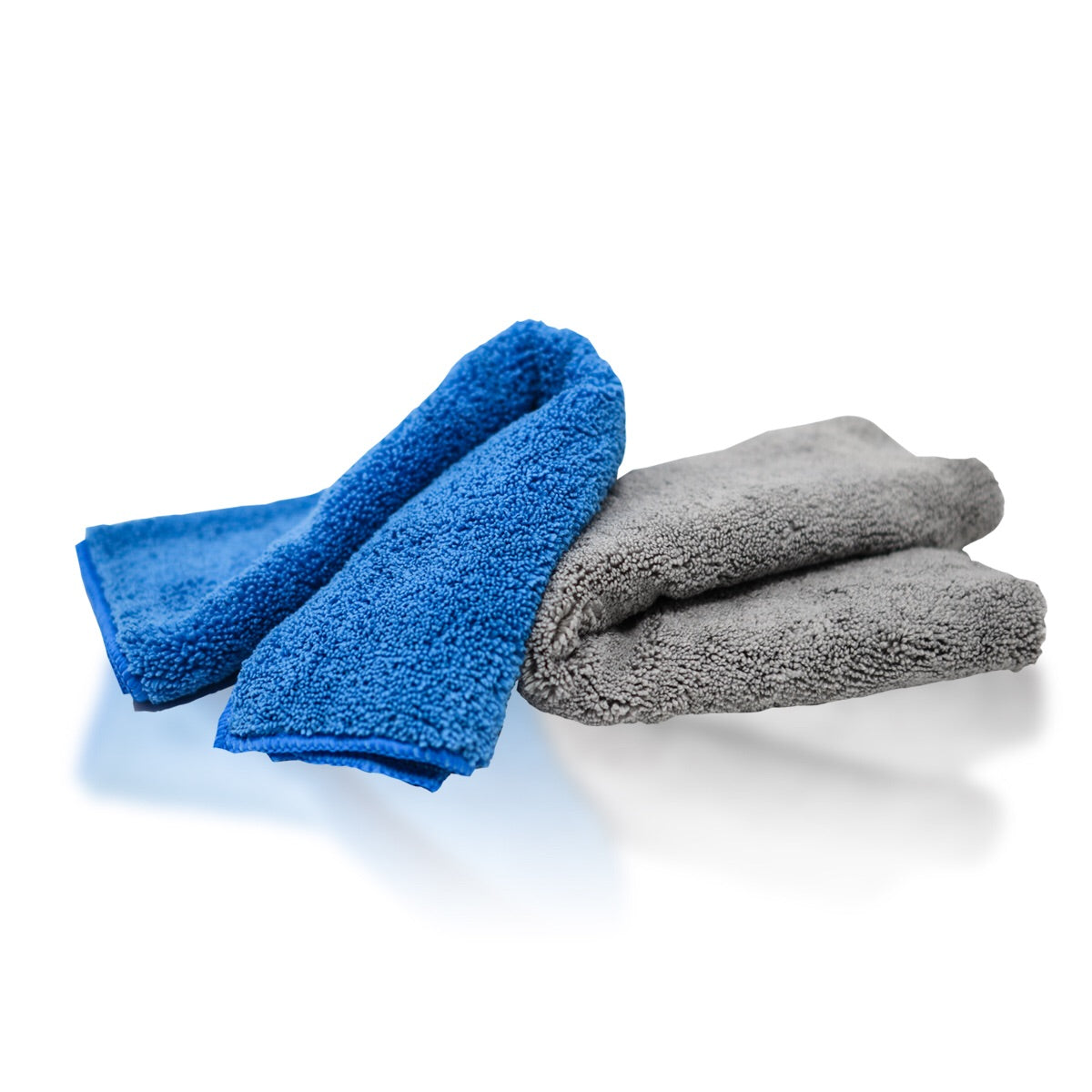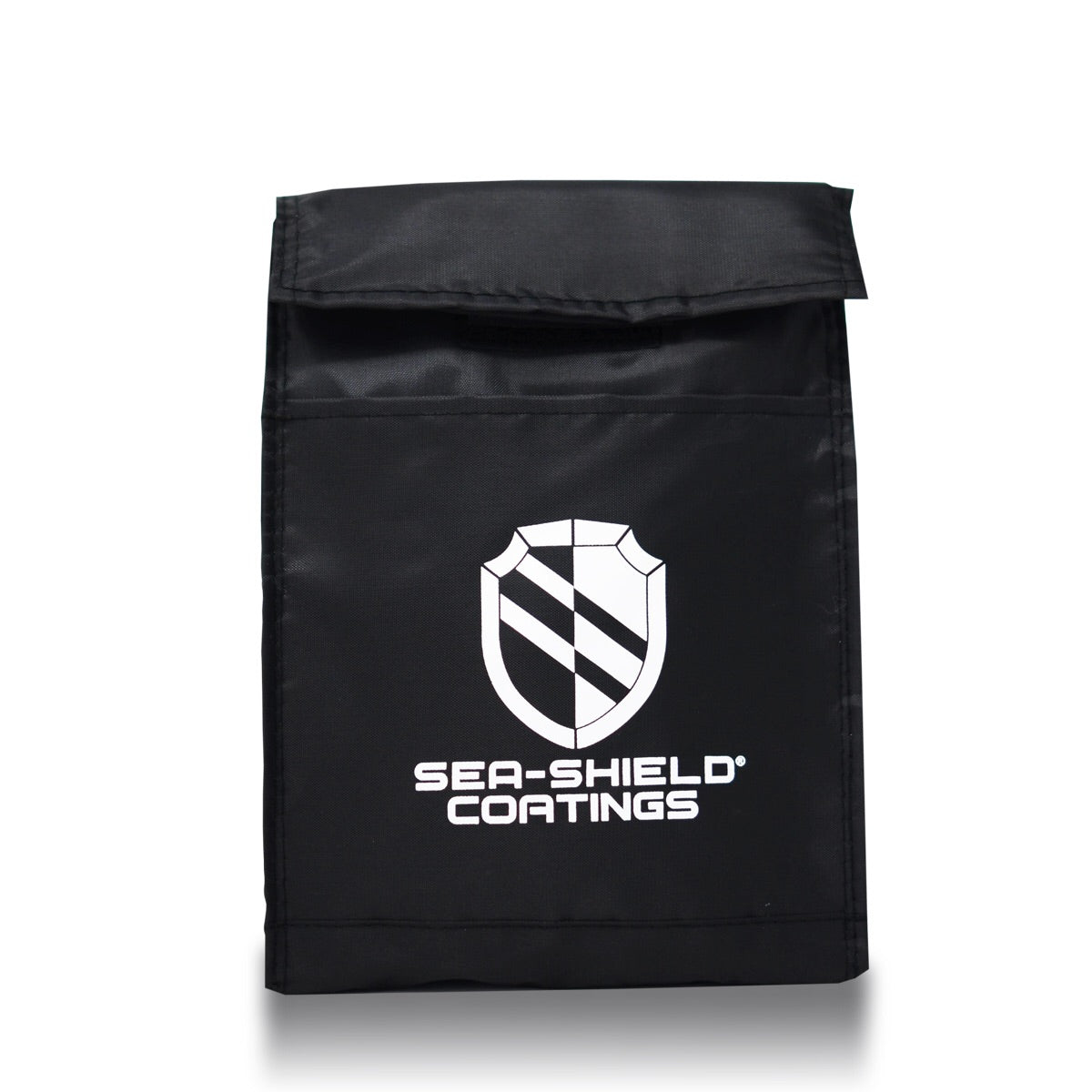I. The Florida Proving Ground - Why Standard Boat Care Fails
Florida's year-round boating season is a mariner's dream, but this subtropical paradise is also a uniquely hostile environment for any vessel. The combination of intense sun, pervasive saltwater, and oppressive humidity creates a "perfect storm" for accelerated wear and tear, making maintenance practices that suffice in other climates dangerously inadequate.
Many boat owners believe a simple freshwater rinse after an outing is enough to protect their investment, a common but critical misconception in this demanding environment. To truly preserve a boat's condition, performance, and value in Florida, one must understand the synergistic nature of these environmental aggressors and adopt a detailing strategy that rises to the challenge.
The core of the issue lies in an environmental triad of relentless antagonists. First, intense ultraviolet (UV) radiation from the Florida sun does more than just fade color; it actively breaks down the molecular structure of gelcoat, paint, vinyl, and canvas, leading to chalking, cracking, and eventual material failure.
Second, saltwater and salt spray are pervasive, acting as a powerful catalyst for corrosion on all metal surfaces. When saltwater evaporates, it leaves behind abrasive salt crystals that dull finishes and compromise protective layers. This threat is not confined to time on the water; salt spray can reach boats on trailers or in storage near the coast, ensuring the assault is constant.
Third, oppressive humidity creates an ideal breeding ground for mold, mildew, and fungi, especially within cabins, storage compartments, and other enclosed spaces. This leads not only to unpleasant odors and material degradation but can also wreak havoc on sensitive electrical connections, a frequent point of failure in the marine environment.
These elements do not act in isolation; they work together as an accelerant, compounding their destructive effects. UV exposure weakens a gelcoat's surface, making it more porous and susceptible to salt intrusion, which in turn speeds up the oxidation process. This means the rate of decay is non-linear, and maintenance schedules effective elsewhere are destined to fail.
Consequently, meticulous, Florida-specific detailing must be viewed not as a discretionary expense but as a crucial strategy for asset protection. It is a fundamental component of financial stewardship that preserves the vessel's integrity, enhances its resale value, and ensures it remains a source of pride and enjoyment rather than a costly liability.
II. The Foundation of Brilliance: A Masterclass in Gelcoat and Paint Restoration
The most visible sign of a boat battling the Florida elements is oxidation—the chalky, faded appearance that develops on fiberglass and gelcoat surfaces. This is not merely a cosmetic flaw; it is the physical degradation of the gelcoat's resin, leaving behind a porous and vulnerable surface.
Restoring this finish to its original brilliance requires a precise, multi-stage procedure that goes far beyond a simple "buff and wax." True restoration is a scientific process of decontamination, correction, and refinement.
The Three-Step Correction Doctrine
Professional restoration follows a strict methodology where each step builds upon the last. Skipping or improperly executing any stage will compromise the final result and the longevity of the protection applied afterward.
Step 1: Decontamination
Before any abrasive correction can begin, the surface must be rendered chemically pure. The process starts with a thorough hand wash using a high-quality, pH-neutral marine soap to remove loose dirt, salt, and grime. Following the wash, a chemical decontamination is performed.
An iron remover is applied to dissolve embedded ferrous particles—often invisible to the naked eye—that can cause rust spots. The final decontamination step involves using a clay bar, which gently glides over the lubricated surface to pull out bonded contaminants like industrial fallout and stubborn organic matter, leaving the gelcoat or paint perfectly smooth and ready for correction.
Step 2: Correction (Compounding & Wet Sanding)
With the surface decontaminated, the physical correction of oxidation and scratches begins. This is achieved using marine-grade compounds, which are essentially liquid abrasives. A professional detailer will assess the level of oxidation to select the appropriate combination of compound and buffing pad.
For light to moderate oxidation, a one-step compound may be sufficient to cut through the damaged layer and remove minor scratches. Heavily neglected finishes, however, may require a multi-stage compounding process with progressively finer abrasives.
In extreme cases of deep oxidation or significant scratches, wet sanding may be necessary. This highly aggressive technique carefully removes a fine layer of the gelcoat to reveal a fresh, unoxidized surface beneath. Wet sanding is a high-stakes process that should only be performed by experienced professionals, as improper technique can permanently damage the gelcoat.
Step 3: Refining (Polishing)
Compounding, while effective at removing major defects, leaves behind its own microscopic scratches, often visible as swirls or holograms in direct sunlight. The refining stage uses a fine polish to remove these imperfections, creating true optical clarity and a deep, mirror-like shine.
This is the crucial final abrasive step that separates a good finish from a flawless one. Products like high-quality swirl removers #3 1 Gal are specifically designed for this purpose, ensuring the surface is perfectly smooth and reflective before any protective coating is applied.
This entire restoration process is, by its nature, subtractive. It involves the physical removal of a damaged layer of gelcoat or paint. The newly exposed surface, while brilliant, is also thinner and more vulnerable than the original.
This creates a critical imperative: an aggressive restoration must be immediately followed by the application of a robust, long-lasting protective layer. Without it, the fresh surface will re-oxidize in the Florida sun even faster than it did before, rendering the hard work of restoration futile.
III. The Shield: A Definitive Guide to Advanced Surface Protection
Once a vessel's finish is restored, the focus shifts to protection. In Florida's harsh climate, the choice of protectant is arguably the most critical decision a boat owner can make. Traditional methods have their place, but modern nanotechnology offers a level of durability and performance far better suited to the relentless environmental assault.
The Old Guard: Waxes and Sealants
For decades, marine carnauba waxes and Sea-Shield polyceramic 64 oz or ½ Gallon have been the standard for surface protection. These products function as a sacrificial layer that sits on top of the gelcoat or paint, shielding it from the elements. They provide good UV protection and a high-gloss shine.
However, their primary drawback is limited durability, especially in Florida. The intense heat and UV radiation cause them to break down quickly. To remain effective, waxes and sealants require frequent reapplication, typically every 4 to 8 weeks for a boat under direct sun, or at a minimum, twice per year for any vessel in the region. This makes them a high-effort, temporary solution.
The Revolution: Ceramic (Nano) Coatings
Ceramic coatings represent a paradigm shift in surface protection technology. Unlike waxes, these are liquid polymers, often based on silica (SiO_2), that utilize nanotechnology to form a chemical bond with the boat's surface.
When professionally applied, the coating undergoes a curing process that creates a covalent bond, forming a semi-permanent, glass-like shell that is significantly harder and more durable than the original finish. This technology, which Sea-Shield specializes in, offers specific advantages that directly counter Florida's primary environmental threats.
- Extreme UV Resistance: The inorganic, ceramic-like layer is highly resistant to UV degradation. It acts as a powerful sunblock for the underlying gelcoat or paint, dramatically slowing oxidation and preventing fading.
- Chemical Resistance & Hydrophobicity: The chemical bond creates a barrier that is impervious to salt, bird droppings, and other chemical contaminants. The surface becomes extremely hydrophobic (water-repelling), causing water to bead and roll off rather than sitting and creating water spots. This "self-cleaning" effect makes washing the boat significantly easier, as grime and salt have difficulty adhering to the slick surface.
- Unmatched Durability: The most significant advantage is longevity. While waxes last for weeks, a professionally applied ceramic coating can last for 12 to 24 months or even longer, depending on the product and maintenance. This long-term protection is perfectly suited to combat the "accelerant" nature of the Florida climate, offering a strategic defense rather than a temporary fix.
Given the complex preparation and application process, achieving a proper bond with a professional-grade ceramic coating is critical. If steps like decontamination and surface prep are missed or executed poorly, the coating can fail to adhere correctly, leading to poor performance.
For this reason, professional application is strongly recommended to ensure maximum durability and effectiveness.
Table 1: Surface Protection Technology Comparison
|
Feature |
Marine Carnauba Wax |
Polymer Sealant |
|
|---|---|---|---|
|
Bonding Mechanism |
Sits on surface |
Sits on surface |
Covalent bond with surface |
|
Durability in Florida |
4-8 Weeks |
3-6 Months |
18-36+ Months |
|
UV Protection Level |
Good |
Better |
Exceptional |
|
Gloss & Hydrophobicity |
High |
Very High |
Extreme / Self-Cleaning |
|
Chemical & Salt Resistance |
Low |
Moderate |
High |
|
Primary Advantage |
Cost-effective Shine |
Balanced Durability |
Ultimate Long-Term Protection |
IV. Holistic Vessel Care: A Component-by-Component Protection Strategy
A truly protected vessel requires more than just a pristine hull. Every material on a boat has a unique vulnerability to the Florida environment, and a comprehensive detailing strategy must address each one.
Protecting the gelcoat with a state-of-the-art ceramic coating is a crucial step, but its value is diminished if the surrounding metalwork corrodes, the clear vinyl yellows, or the teak decks degrade. A holistic approach ensures that no single component becomes the "weakest link" in the vessel's overall condition.
Metalwork (Stainless Steel & Aluminum)
A common misconception is that stainless steel is impervious to rust. In a saltwater environment, it is highly susceptible to "tea staining" and crevice corrosion, especially where water can pool. Aluminum is even more vulnerable, oxidizing quickly into a chalky, white layer.
The proper care for marine metalwork involves a multi-step process: thorough cleaning, machine polishing to remove tarnish and restore a mirror finish, and finally, protection with a dedicated metal sealant or ceramic coating. This protective layer seals the metal's pores, preventing moisture and salt from initiating corrosion and making future cleaning a simple wipe-down.
Glazing (Glass, Isinglass, Strataglass)
Clear surfaces require specialized care based on their material. For real glass, the primary challenges are stubborn water spots caused by mineral deposits. These can be removed through polishing, after which a hydrophobic window coating can be applied to repel water and keep the glass clearer for longer.
Clear vinyls like Isinglass and Strataglass are far more delicate. They contain plasticizers that are broken down by UV radiation, causing them to become yellow, hazy, and brittle. They must be cleaned with gentle, specialized products—never ammonia-based glass cleaners—and treated with a protectant that contains UV inhibitors to prolong their life and maintain clarity.
Teak Decks
Teak is prized for its natural oils and durability, but unprotected teak will weather to a silver-gray color and can become rough and checked under the Florida sun. Proper maintenance involves a three-stage process. First, the wood is cleaned with a specialized teak cleaner to remove dirt and old sealant. Second, a teak brightener is used to restore the wood's natural, warm hue.
Finally, a high-quality teak sealer is applied to lock in the color and protect the wood from UV damage and water intrusion, preventing the growth of mold and mildew within the grain.
Canvas, Upholstery, and Covers
Canvas biminis, boat covers, and exterior upholstery are on the front lines of the battle against the elements. Regular cleaning is essential to remove salt, dirt, and bird droppings.
After cleaning, these fabrics should be treated with a marine-grade fabric guard that provides UV protection to prevent fading and material degradation, while also restoring water repellency to keep the areas beneath them dry.
V. The Inner Sanctum: Mastering Interior Detailing in a High-Humidity Climate
The relentless Florida climate doesn't stop at the deck. Inside a boat's cabin, high humidity and heat create a challenging microenvironment that demands constant attention.
An interior plagued by mold, mildew, and UV damage is not just an aesthetic issue; it can pose a health risk and significantly detract from the pleasure and comfort of boating. Effective interior detailing in Florida is a form of environmental management crucial for ensuring the vessel remains a safe and enjoyable sanctuary.
Winning the War on Mold and Mildew
Mold and mildew are the primary interior adversaries, thriving in the dark, damp, and poorly ventilated spaces common on boats. A proactive strategy is the best defense. Regularly using dehumidifiers or passive moisture-absorbing products can significantly lower ambient humidity, making it difficult for spores to grow.
When mildew does appear, it must be treated with a marine-grade mold and mildew remover. A comprehensive interior cleaning should follow, targeting all surfaces, especially those inside hatches, lockers, and other compartments where air circulation is limited.
Vinyl and Upholstery Care
Interior vinyl and upholstery are particularly vulnerable. Vinyl seats and trim can dry out and crack under the intense UV rays that penetrate through windows and hatches. Regular care involves cleaning with a gentle product designed for marine vinyl, followed by the application of a high-quality conditioner that contains UV inhibitors to keep the material supple and protected.
For fabric upholstery, the focus is on removing stains with cleaners that are effective yet safe for the material, and ensuring the fabrics dry completely to prevent musty odors from developing.
Deep Cleaning Carpets and Surfaces
A complete interior detail involves a top-to-bottom approach. This includes thoroughly vacuuming all carpeted areas, with deep cleaning or steam cleaning as needed to remove embedded dirt and allergens.
All hard surfaces—from wood trim and cabinetry to countertops and walls—should be wiped down and polished. The head, galley, sinks, and mirrors require meticulous cleaning and sanitizing to maintain a hygienic environment for everyone on board.
VI. The Proactive Captain: Implementing a Strategic Florida Maintenance Calendar
The key to successfully protecting a boat in Florida is shifting from a reactive cleaning mindset to a proactive maintenance strategy. Regular, scheduled care is far more effective and ultimately less costly than waiting for significant degradation to occur and then attempting a major restoration.
By staying ahead of the environmental assault, owners can preserve their vessel's condition and value with manageable effort. This involves establishing a tiered maintenance calendar tailored to the demands of the local climate.
Building Your Schedule
A practical maintenance plan can be broken down into frequencies, from immediate post-trip tasks to major annual services. This framework transforms the complex requirements of boat care into a simple, actionable checklist.
- After Every Outing: These tasks are non-negotiable. A thorough freshwater rinse of the entire vessel—hull, deck, engine, and trailer—is essential to remove corrosive salt residue before it can dry and cause damage. Vinyl seating should be wiped down to remove sunscreen, salt, and moisture.
- Monthly: This involves a more detailed cleaning. The boat should be washed with a proper marine soap to remove grime that a simple rinse leaves behind. Windows and brightwork should be cleaned and polished. A quick inspection of all areas for new mildew spots, especially in the cabin and storage lockers, should be performed.
- Quarterly (Every 3-4 Months): This is the key interval for reinforcing protection. For boats not treated with a ceramic coating, a fresh coat of high-quality marine wax or polymer sealant should be applied. Vinyl and upholstery should be deep cleaned and treated with a conditioner containing UV protectants. All metal hardware should be inspected, polished, and protected.
- Annually/Bi-Annually: This is the time for a major service and professional assessment. The gelcoat or paint should be professionally inspected for any signs of oxidation or damage. A full, professional detail, including compounding and polishing if necessary, should be performed to restore the finish. For vessels with ceramic coatings, this is the interval for a professional inspection and potential reapplication to ensure the protective barrier remains intact and effective.
Table 2: The Florida Boat Maintenance Schedule
|
Task Category |
Task Description |
Frequency |
Key Objective |
|---|---|---|---|
|
Exterior |
Thorough freshwater rinse (hull, deck, engine, trailer) |
After Every Outing |
Remove corrosive salt residue |
|
Wash with marine-grade soap |
Monthly |
Remove bonded grime and contaminants |
|
|
Apply wax or polymer sealant (if not coated) |
Quarterly |
Reinforce UV and salt protection |
|
|
Perform maintenance wash on ceramic coating |
Monthly |
Preserve coating hydrophobicity and gloss |
|
|
Clean and polish metalwork |
Monthly/Quarterly |
Prevent corrosion and tea staining |
|
|
Clean and protect clear vinyl (Isinglass) |
Monthly |
Prevent yellowing and cracking |
|
|
Inspect and compound/polish as needed |
Annually |
Correct oxidation and restore gloss |
|
|
Interior |
Wipe down vinyl and surfaces |
After Every Outing |
Remove moisture, salt, and sunscreen |
|
Deploy dehumidifiers or moisture absorbers |
Weekly / When Stored |
Control humidity and prevent mold |
|
|
Inspect for and treat mildew spots |
Monthly |
Stop mold growth before it spreads |
|
|
Deep clean cabin, head, and galley |
Quarterly |
Maintain hygiene and appearance |
|
|
Clean and condition vinyl/upholstery |
Quarterly |
Prevent UV damage and cracking |
|
|
Deep clean carpets |
Annually |
Remove embedded dirt and allergens |
VII. Conclusion: The Sea-Shield Philosophy - An Investment in Lasting Value
Maintaining a boat in Florida is a formidable challenge, a constant battle against an unforgiving trio of sun, salt, and humidity. As demonstrated, a simple rinse is not a strategy; it is a surrender to the inevitable decay these elements inflict. The only effective defense is a proactive, strategic approach grounded in meticulous restoration and sealed with advanced, durable protection.
This philosophy transforms boat care from a recurring chore into a deliberate investment in the longevity and value of a prized asset.
The solution begins with understanding the need to first correct any existing damage through a professional process of decontamination, compounding, and polishing. Only then, with a flawless surface as a foundation, can a protective layer be truly effective.
In this critical role, modern nanotechnology has rendered traditional waxes and sealants obsolete for the serious boat owner. Ceramic coatings, by forming a chemical bond with the surface, provide a harder, slicker, and vastly more durable shield against the specific threats of the Florida marine environment.
This holistic approach must extend to every component, from the stainless steel railings and teak decks to the interior vinyl and canvas, creating a total protective envelope around the entire vessel.
The Sea-Shield brand was developed by experienced professionals working within the demanding mega-yacht industry, where standards are absolute and results are paramount. This heritage informs a product line built on proven, state-of-the-art nanotechnology designed to provide watercraft with effective, long-term protection against the harshest marine conditions.
Adopting the expert-level strategies outlined in this guide is the first step. The logical next step is utilizing the professional-grade tools necessary to execute that strategy. Exploring the Sea-Shield range of compounds, polishes, and ceramic coatings is an investment in preserving the beauty, performance, and value of your vessel for years to come.
Works cited
1. Seasonal Maintenance Guide for Florida Boat Owners - Pier-1 Marine Brokerage, https://pier-1marine.com/seasonal-maintenance-guide-for-florida-boat-owners/
2. Best Boat Detailing Practices for Florida Boaters - Sea-Shield, https://sea-shield.com/blogs/how-to/best-boat-detailing-practices-florida-boaters
3. www.fishverify.com, https://www.fishverify.com/boat-maintenance-in-florida-diy-or-professional-help/#:~:text=Humidity%20Control%3A%20Mold%20and%20mildew,marine%20polish%20for%20added%20protection.
4. Essential Tips for Summer Boat Maintenance in South Florida - The Mobile Mariner, https://www.themobilemariner.com/post/essential-tips-for-summer-boat-maintenance-in-south-florida
5. Maintenance Tips for Florida Boat Owners - jet-tek watersports, https://jettekwatersports.com/top-10-boat-maintenance-tips-for-florida-boat-owners/
6. Professional Boat Detailing | Top Dock Pro | Cape Coral, FL, https://www.topdockpro.com/
7. Sarasota Boat Detailing Tips to Prevent Tarnish & Corrosion, https://www.absoluteperfectionmobiledetailing.com/sarasota-boat-detailing-tips/
8. Boat Cleaning and Detailing in Melbourne Florida - Top Notch Marine, https://www.topnotchmarine.com/boat-cleaning-and-detailing-in-melbourne-florida/
9. Blog - Boat Detailer, Tampa FL | Mobile Detailing, https://baysideboatdetailing.com/blog/
10. Boat Detailing Services Florida, https://floridaboatdetailing.com/services/boat-detailing/
11. Expert Boat Care | Florida Boat & Yacht Detailing, https://yachtdetailing.com/
12. Central Florida Boat Detailing | Premier Boat Detailing in Central Florida, https://centralfloridaboatdetailing.com/
13. Boat and Yacht Detailing | Waxing | Washing | Ceramic, https://www.tcboatdetailing.com/
14. Boat Detailing Services in Southern Florida | SEA-SHIELD Coatings, https://sea-shield.com/pages/locations/southern-florida
15. Florida Keys Marine Detail: Expert Boat Cleaning & Detailing, https://www.floridakeysmarinedetail.com/
16. Boat Detailers Florida: Boat & Yacht Detailing Near Me, https://www.boatdetailingfl.com/
17. Blog | Florida Boat Detailing, https://floridaboatdetailing.com/blog/
18. The Ultimate Guide to Luxury Yacht Interior Cleaning in South Florida, https://belugayachtservices.com/the-ultimate-guide-to-luxury-yacht-interior-cleaning-in-south-florida/
19. Over Sea Boat Detailing, https://www.overseaboatdetailing.com/

